Complete over view of Salone del Mobile 2016.
Being at the Salone del Mobile.Milano means becoming part of a community that is now the undisputed international point of reference.
The Salone del Mobile is a driving force and an ambassador for skill and creativity, a place where the stories of manufacturers and designers that have shaped the history of design and are designing that of the future continue to interweave.
It is not just the greatest trade event in the world and a networking hub; it is also the acknowledged showcase for cutting edge design trends.
It is where design belongs and where it continues to find its fullest representation. It is here that the home furnishing system takes life and shape.
In this edition Latice Design is a part of forum for ideas, creativity, technology, innovation and culture, illustrating the new modes of home living.
Drawcards of the annual Milanese event 2016
A series of furniture inspired by fables by SVAROG.

MARUTA stool
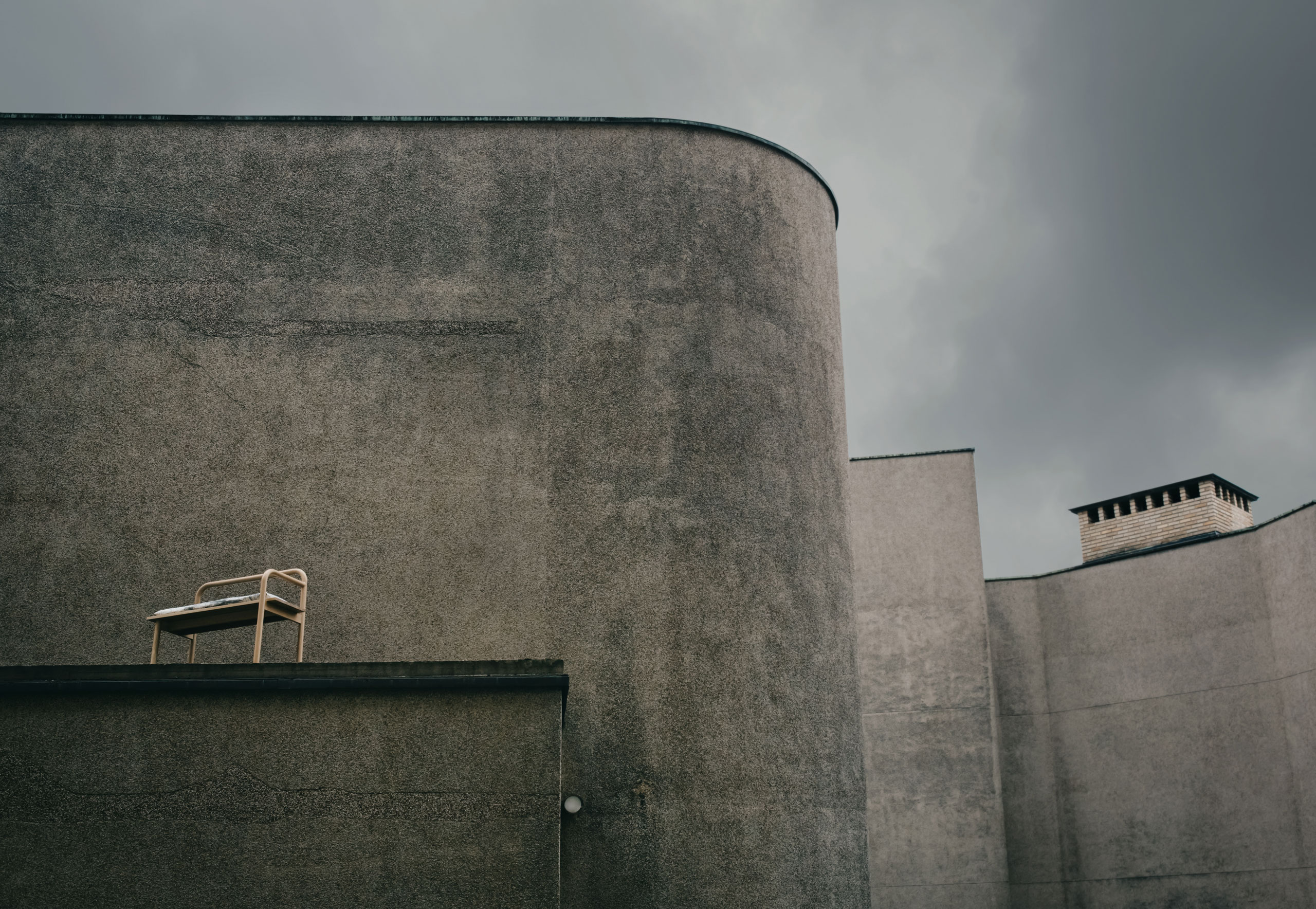
MAISSI BENCH by Salla Luhtasela and Wesley Walters part of the NONI exhibition at Ventura Lambrat

RIVO, countertop washbasin by Emmanuel Babled for Alfa Marmi.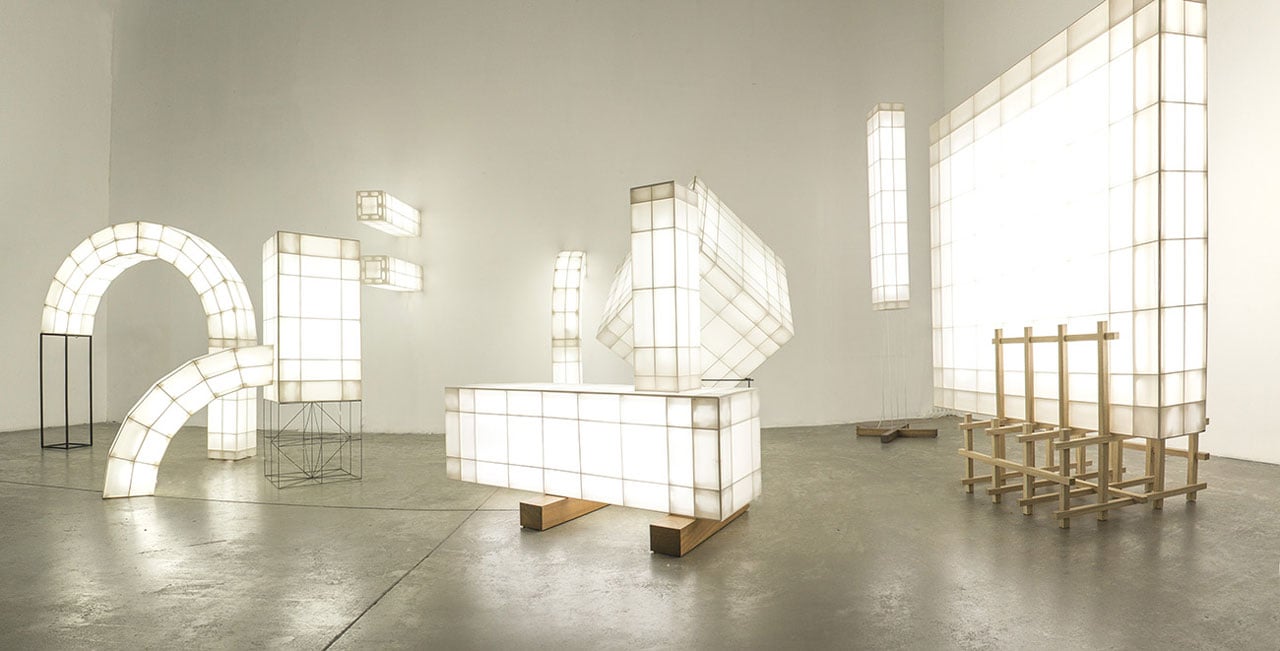

The abstract volumes of the Space Frames are based on archetypical architectural elements such as arcs, columns, trusses and plates.  The Space Frames are made from lightweight wooden structures enclosed by a stretched textile cover: an experimental research into physical and visual lightness, balance and stability.
The Space Frames are made from lightweight wooden structures enclosed by a stretched textile cover: an experimental research into physical and visual lightness, balance and stability. 
 The Space Frames are made from lightweight wooden structures enclosed by a stretched textile cover: an experimental research into physical and visual lightness, balance and stability.
The Space Frames are made from lightweight wooden structures enclosed by a stretched textile cover: an experimental research into physical and visual lightness, balance and stability. 
Space Frames by Studio Mieke Meijer.
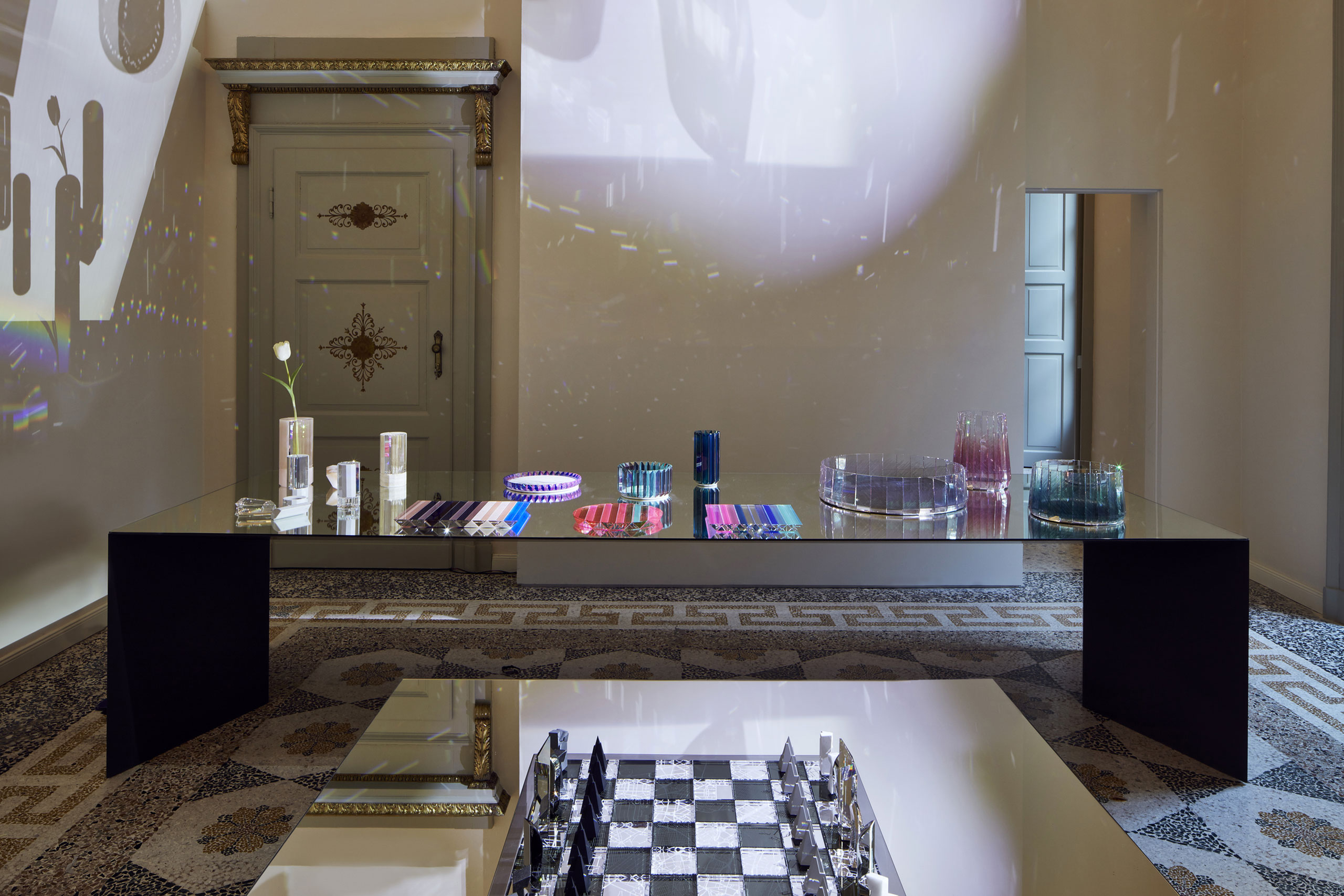
Installation view of the Atelier Swarovski Home, a new luxury home accessories.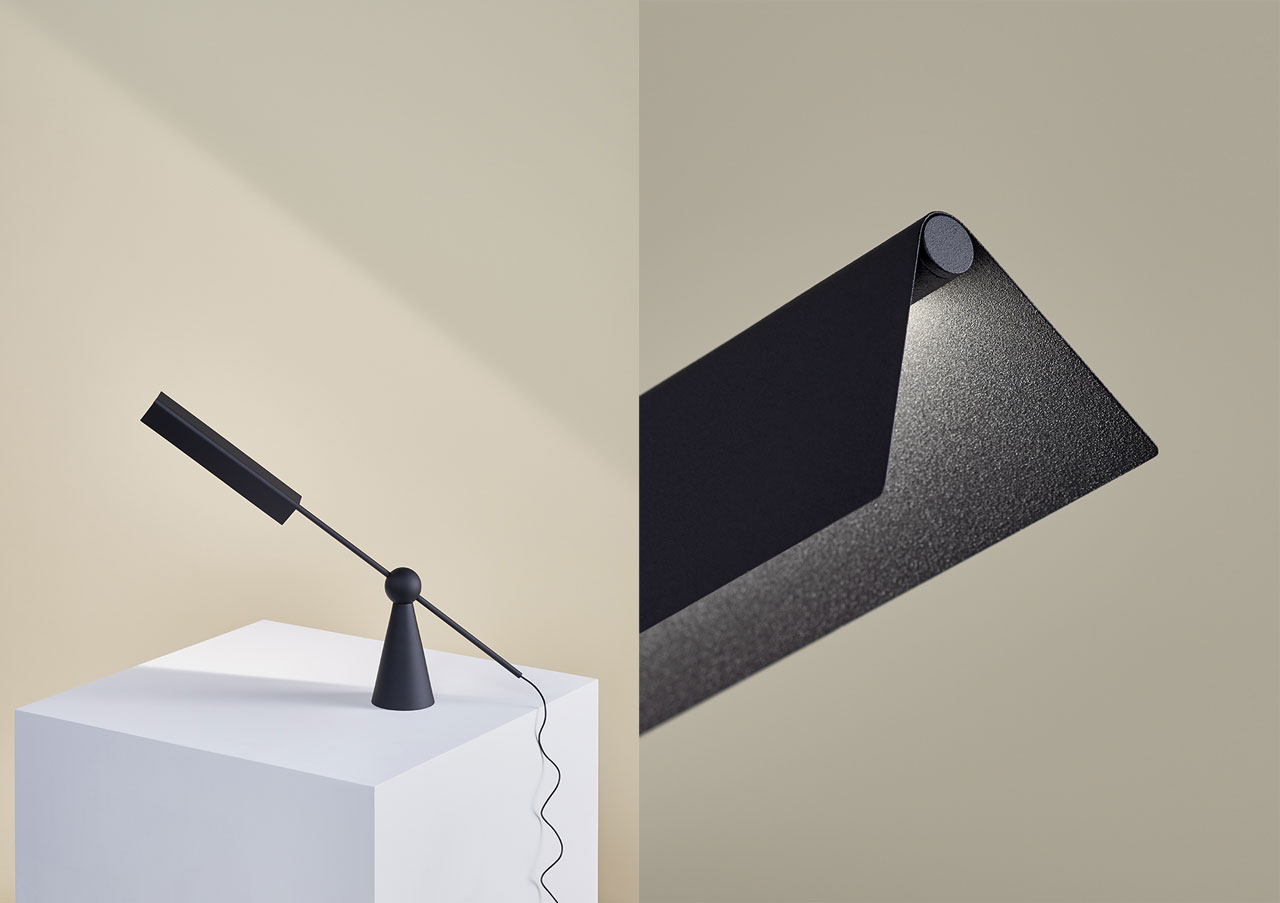

Mill table lamp by Earnest Studio inspired by the dexterity of the basic sphere,it is a movable table lamp
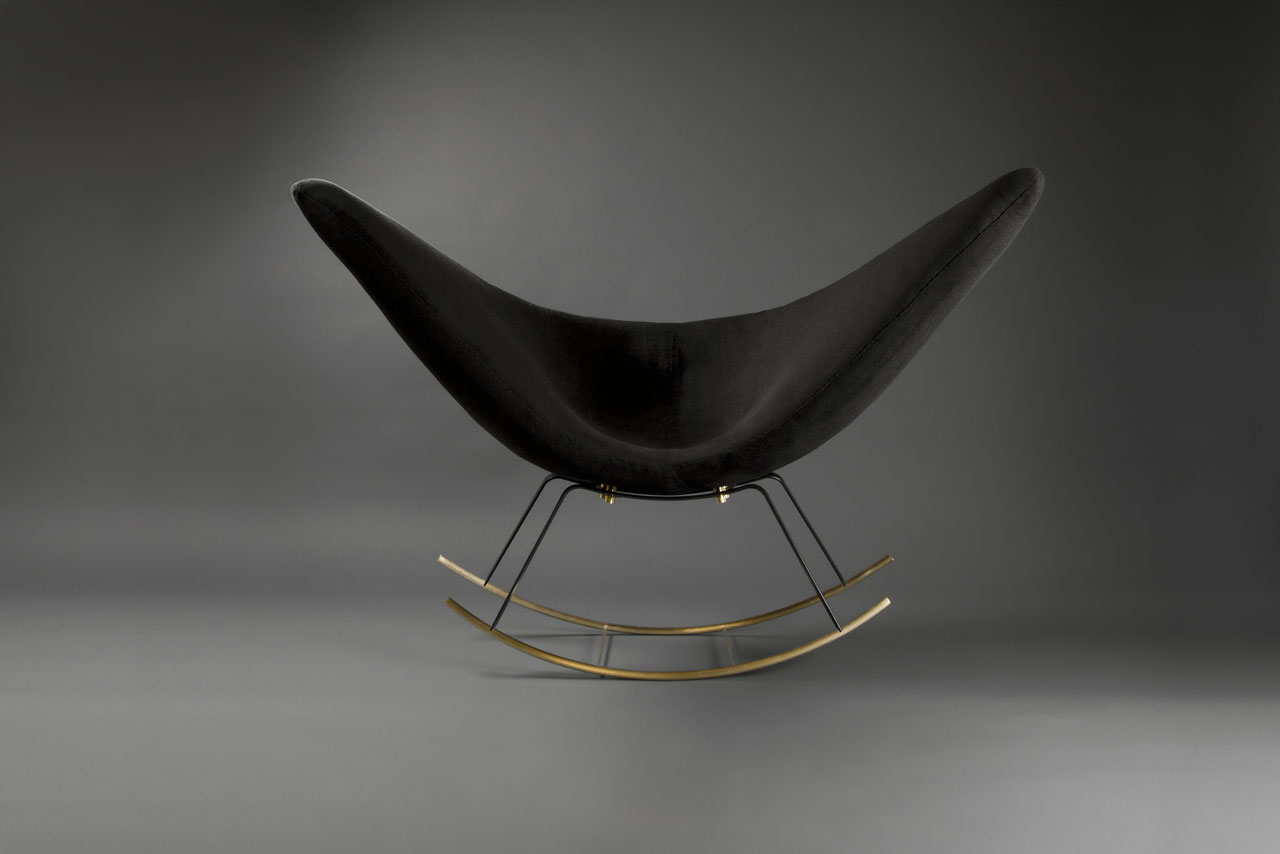
Feel yourself swinging on the back of a flying bird on the Great Egret armchair by Stephanie Sayar and Charbel Garibeh

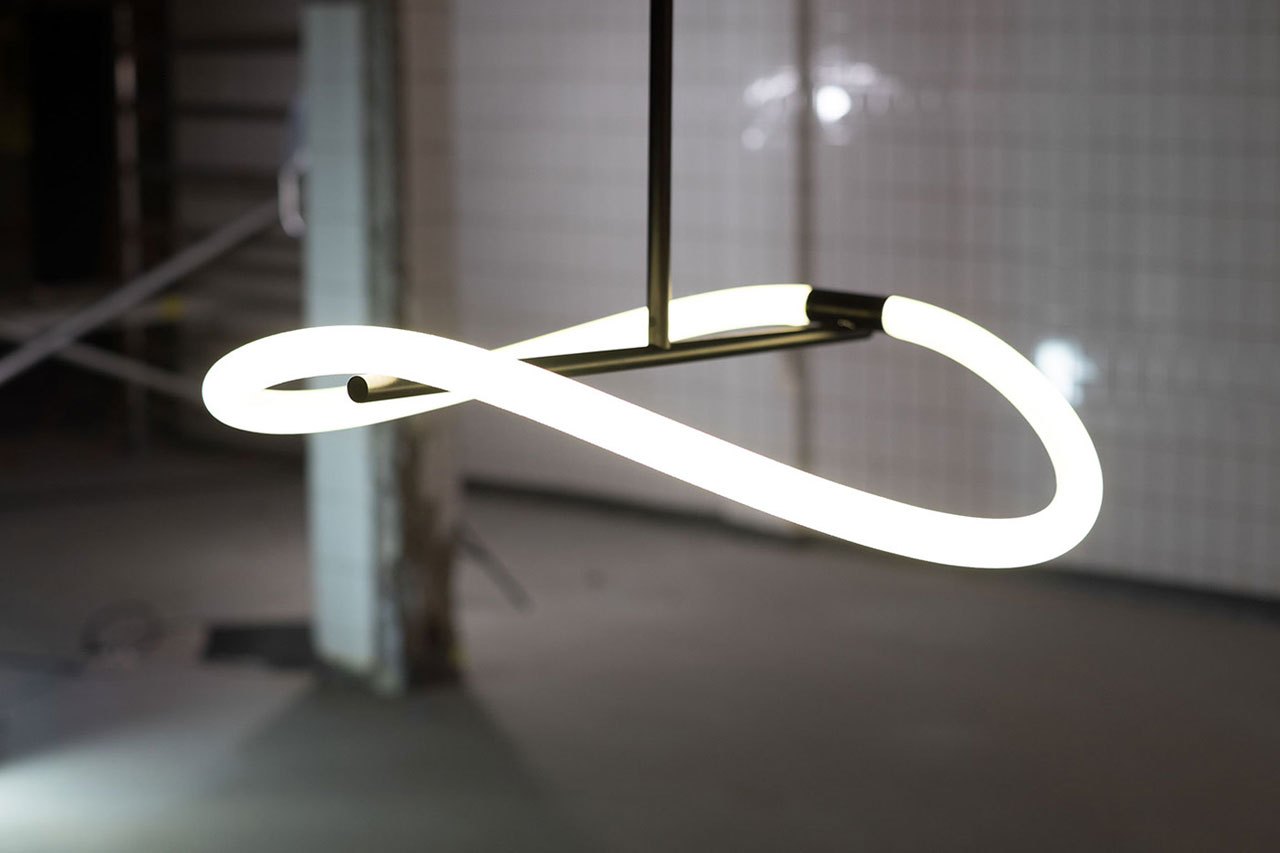
Levity Pendant Light by Australian designers Joel & Kate Booy of studio Truly Truly.
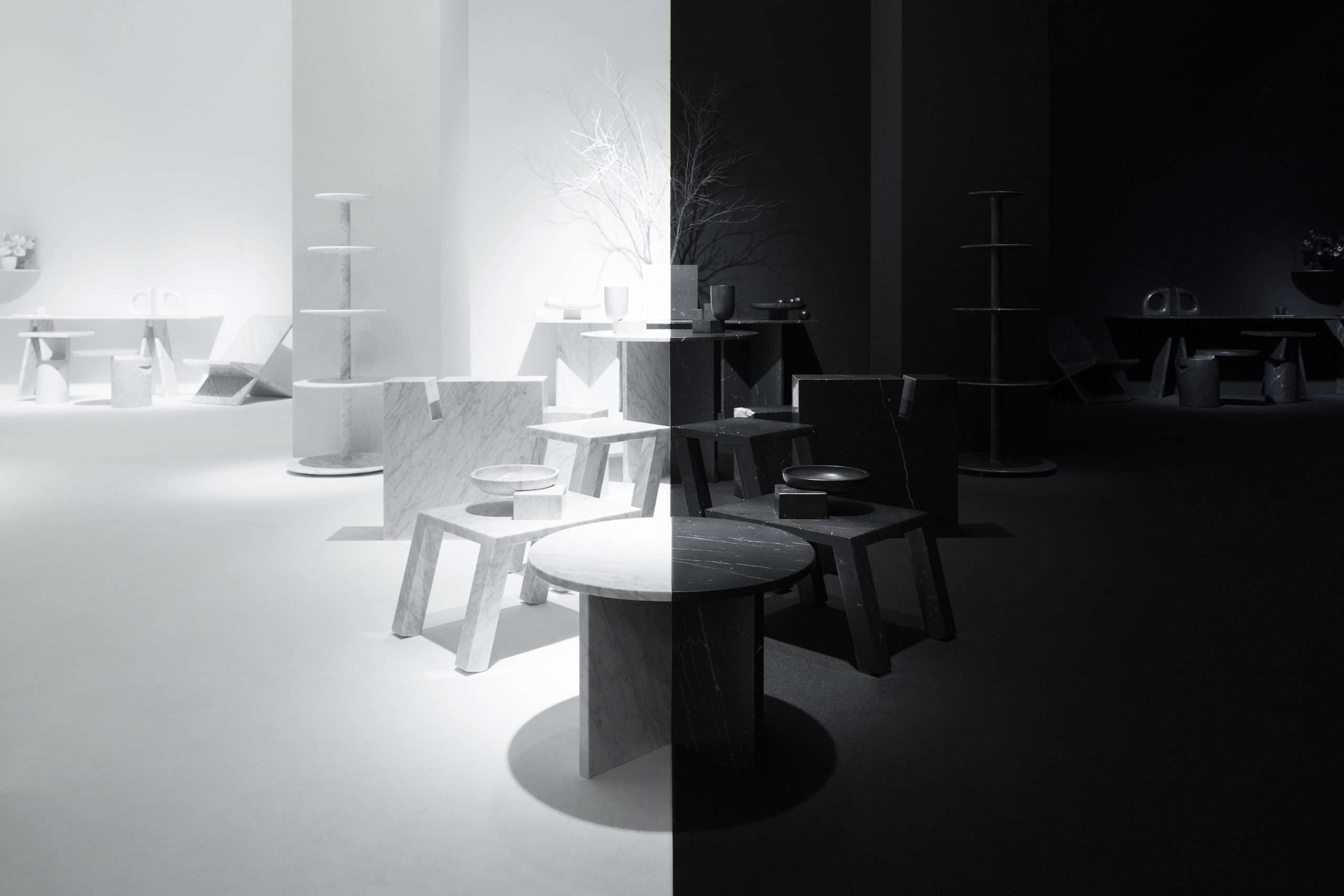
Marsotto edizioni embodies the supreme qualities of one of the world's noblest and most ancient materials.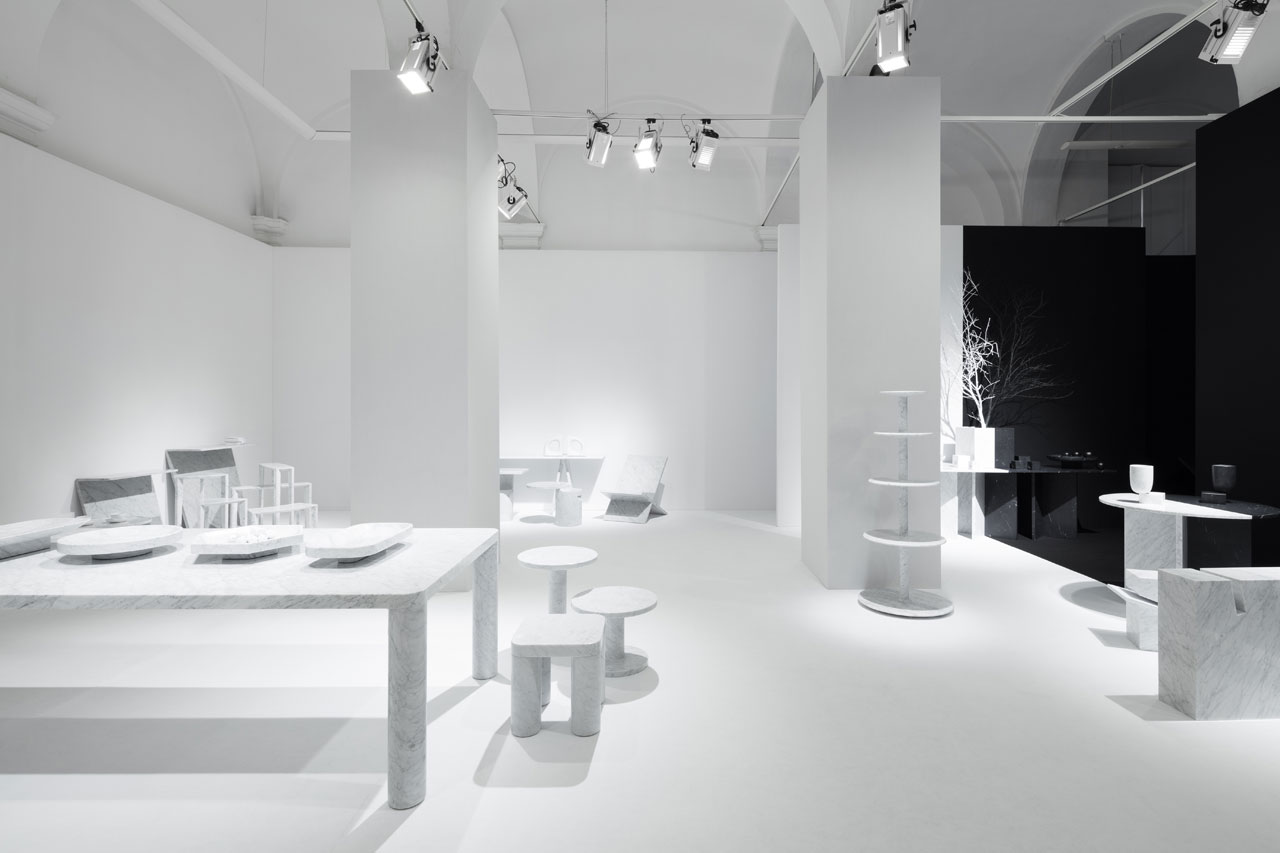 Plus the wisdom of skilled craftsmanship allied with design culture, in the search for a genuinely contemporary idiom. And a steadfast urge to break new technological ground.
Plus the wisdom of skilled craftsmanship allied with design culture, in the search for a genuinely contemporary idiom. And a steadfast urge to break new technological ground.
 Plus the wisdom of skilled craftsmanship allied with design culture, in the search for a genuinely contemporary idiom. And a steadfast urge to break new technological ground.
Plus the wisdom of skilled craftsmanship allied with design culture, in the search for a genuinely contemporary idiom. And a steadfast urge to break new technological ground.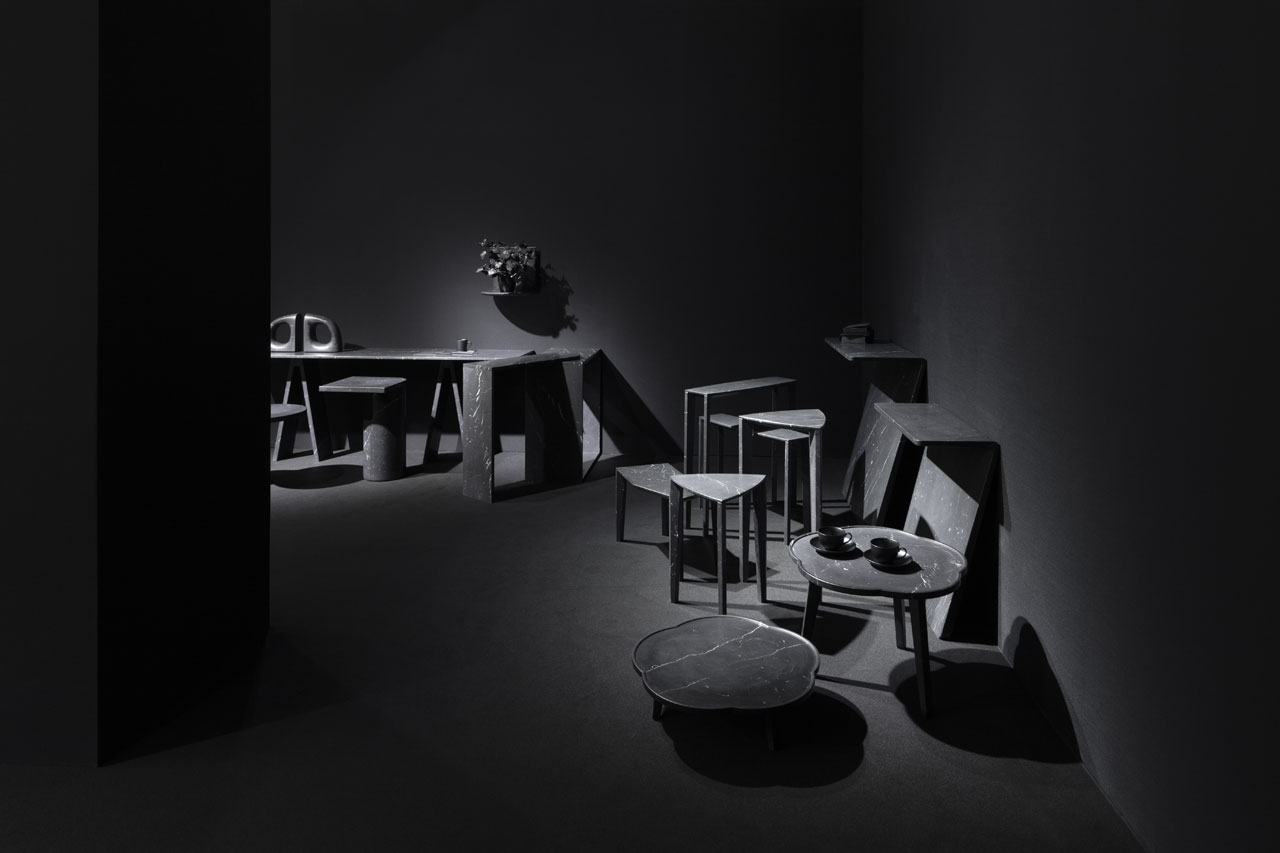
light & Shadow by Nendo for Marsotto edizioni.
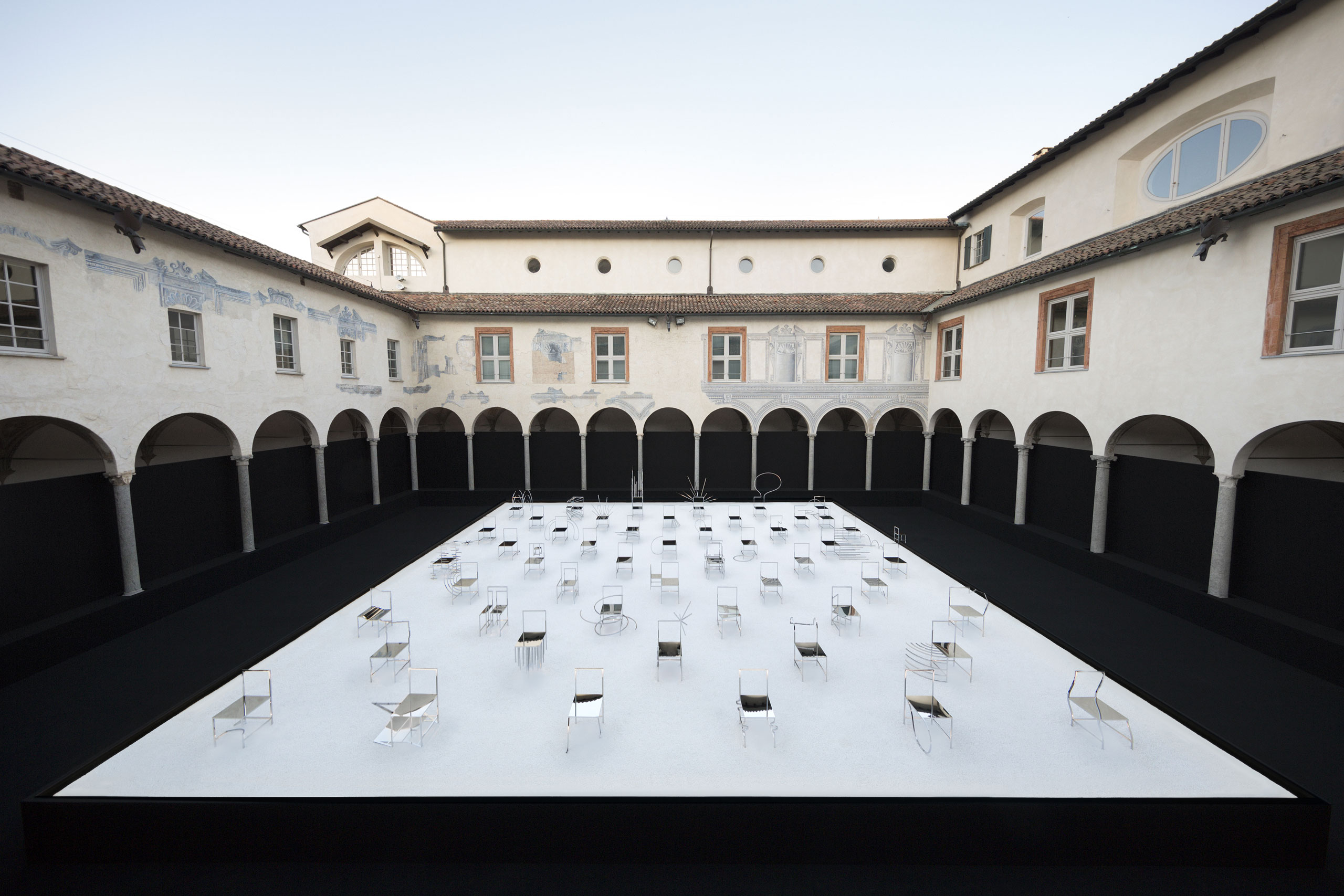
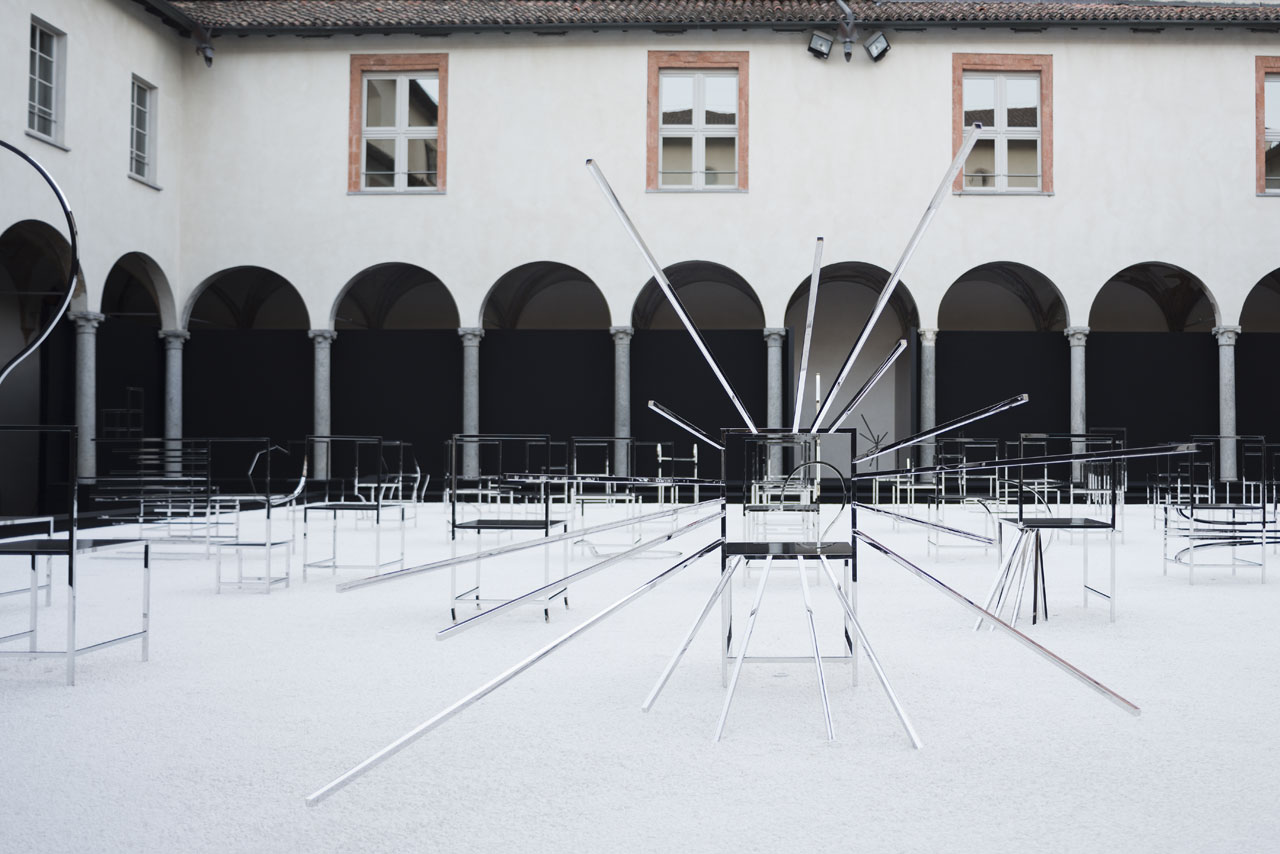
Installation view at Facoltà Teologica of 50 manga chairs by Nendo
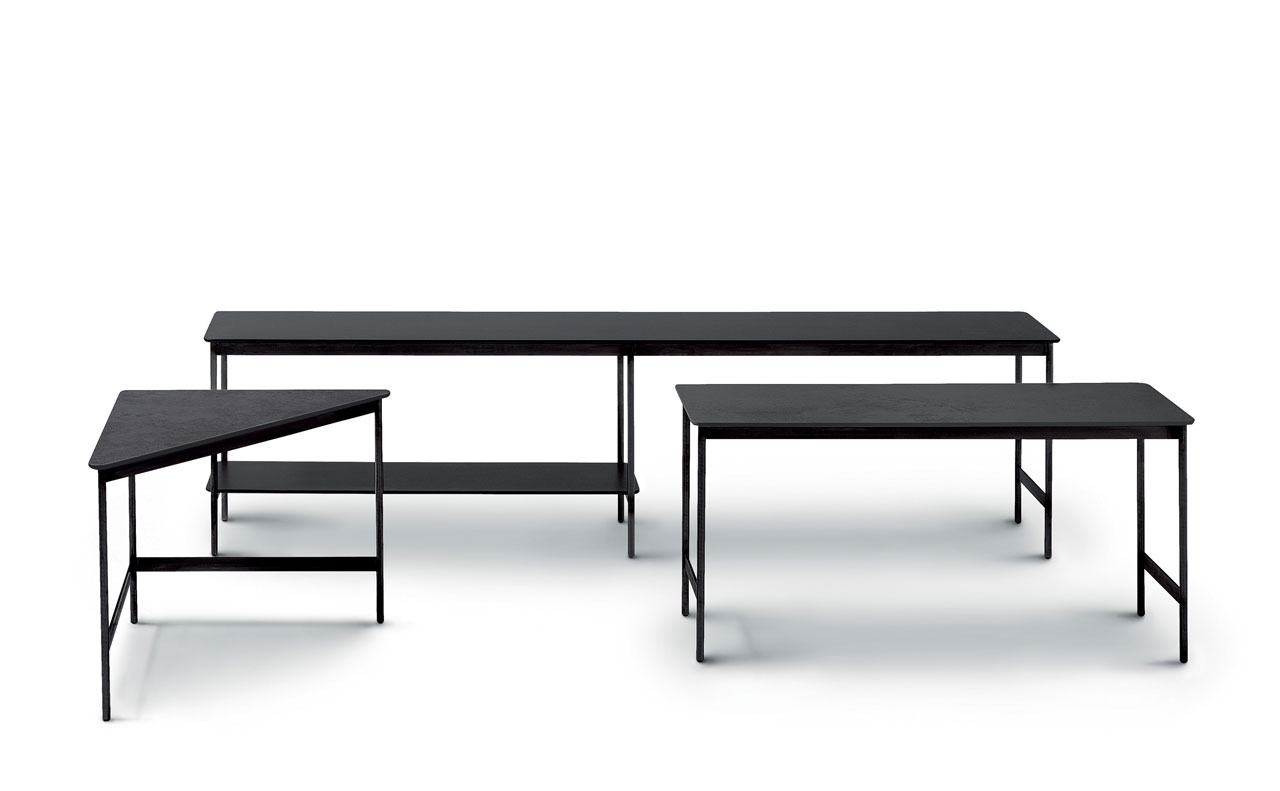
Capilano tables by Luca Nichetto for Arflex.

Urban Collection of ceramic tableware by Hangar Design Group for ACERA.

Shelving system by Zaha Hadid Architects for CITCO.

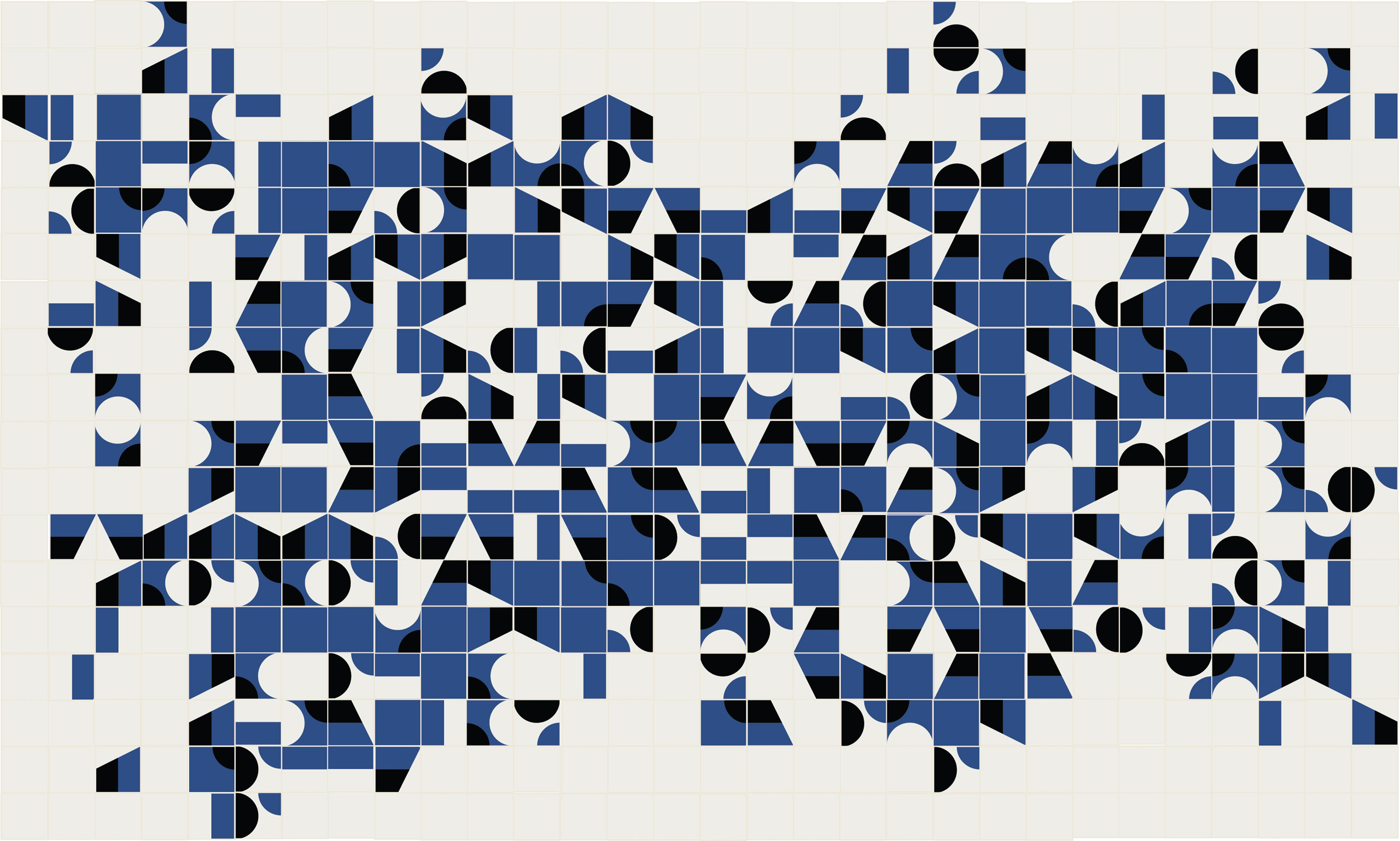
Barber & Osgerby‘s Puzzle tiles for Mutina.
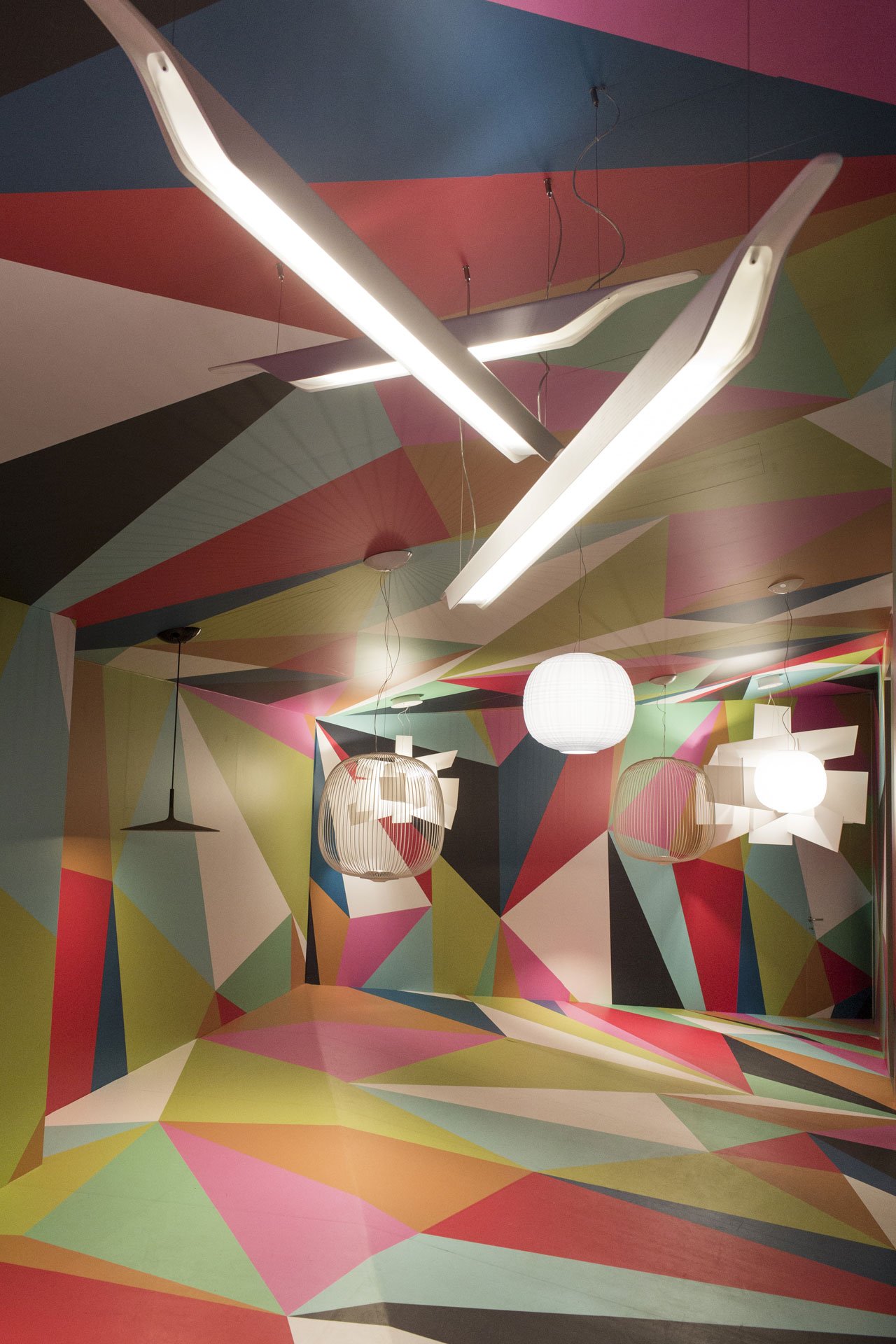
Designer/architect Ferruccio Laviani played with scale in an Alice in Wonderland-like installation
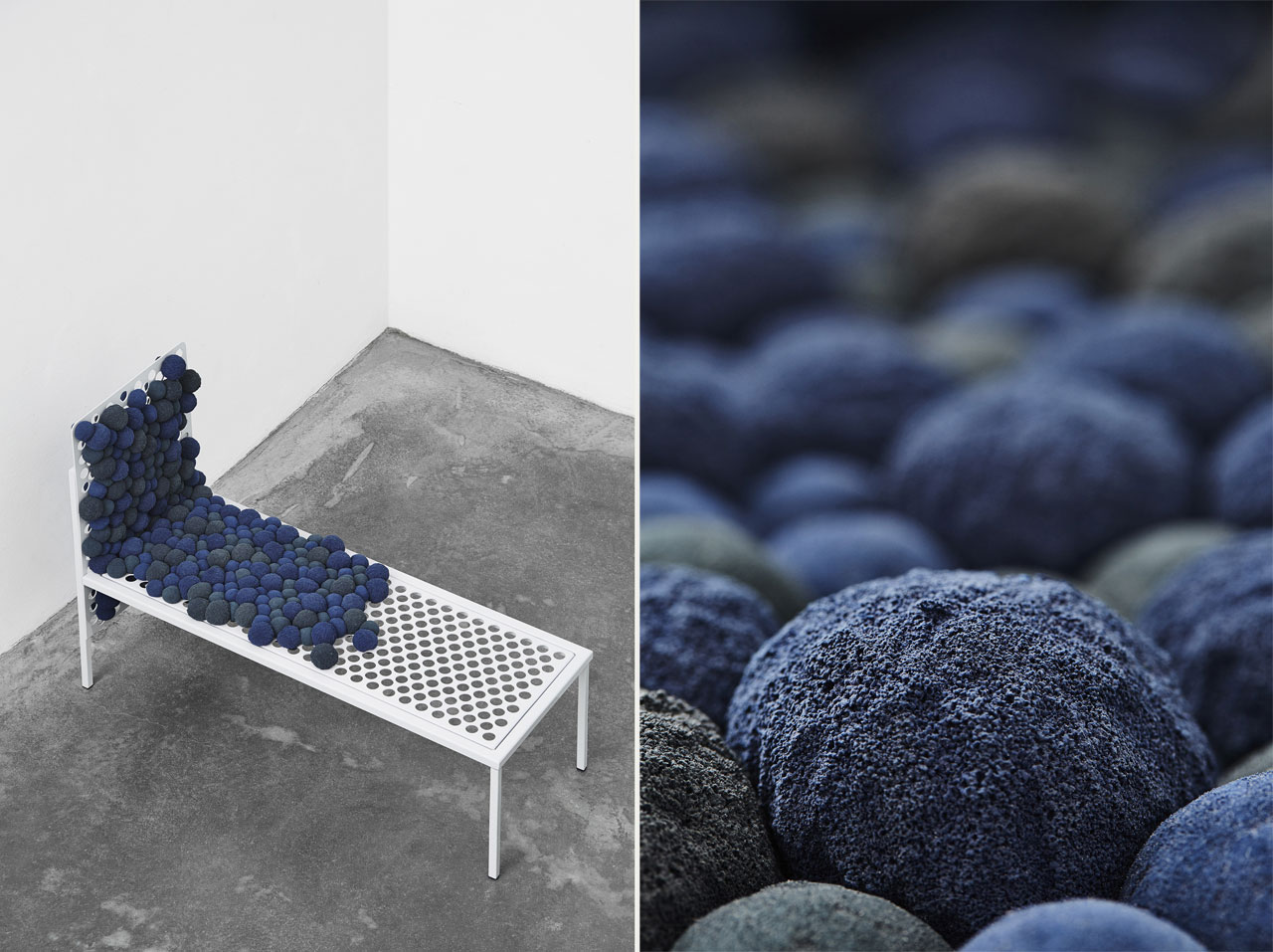
Gro bench by Therese Damkjær part of the FEEL IT exhibition by VIA Designs' 6th semester Furniture students.
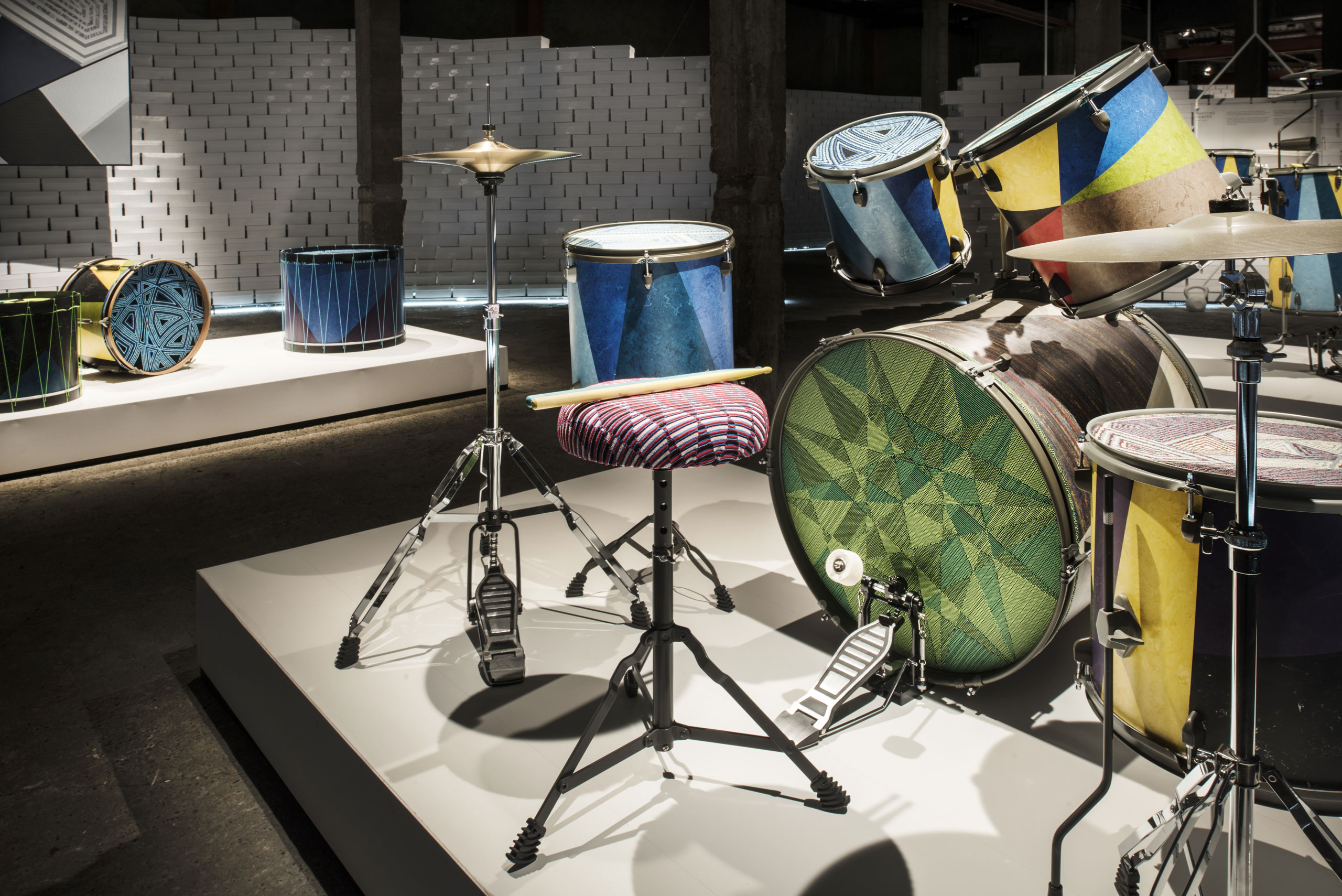
The Nature Of Motion: Endless Explorations of Movement. Ten progressive contemporary designers joined Nike to explain movements through various mediums.
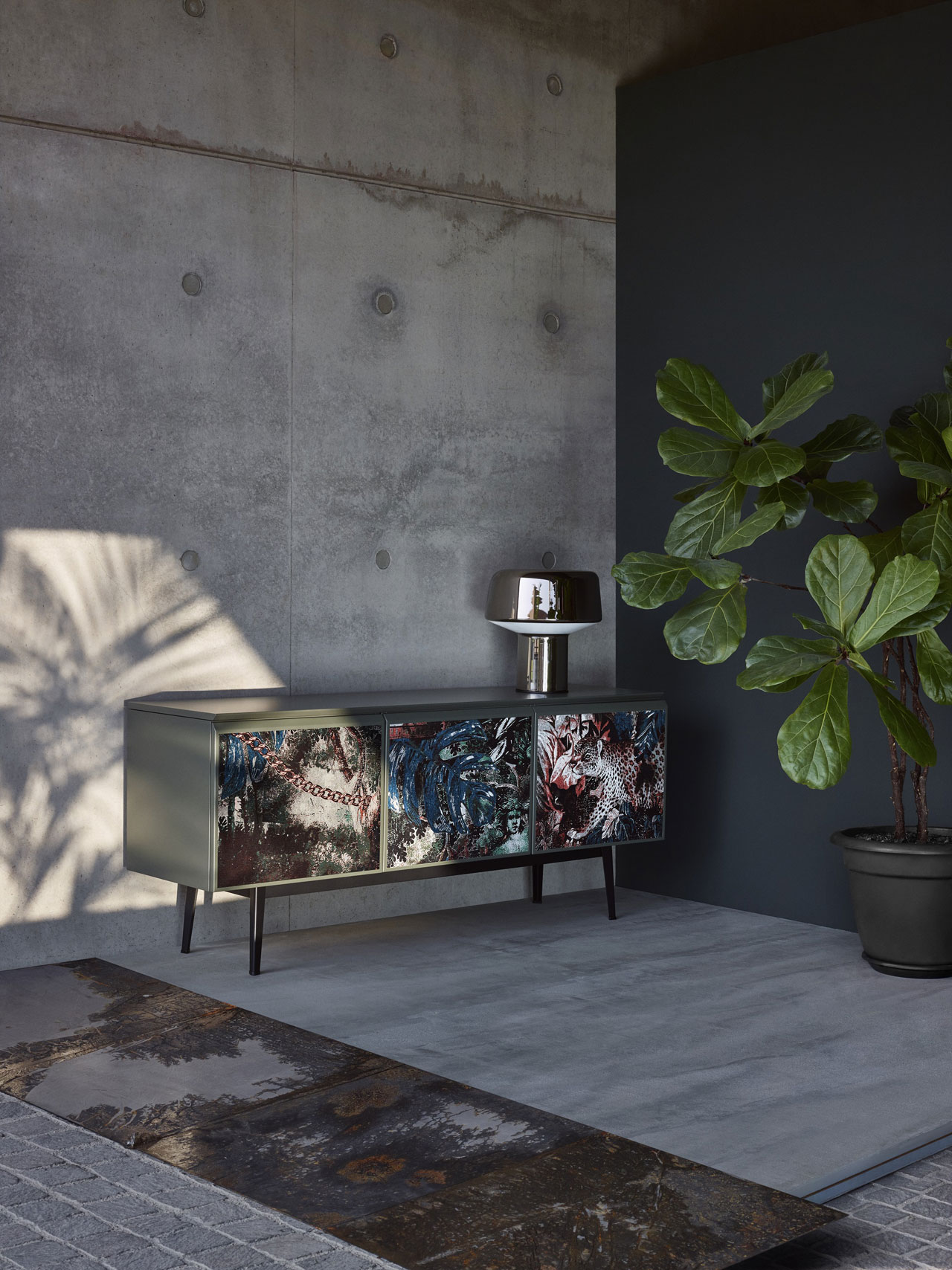
Glass Drop table lamp by Foscarini on the VOLTAIRE cabinet by Moroso, both designed for Diesel Living.

Malmaison carpet series by Maison Christian Lacroix for the latest MOOOI rugs collection.
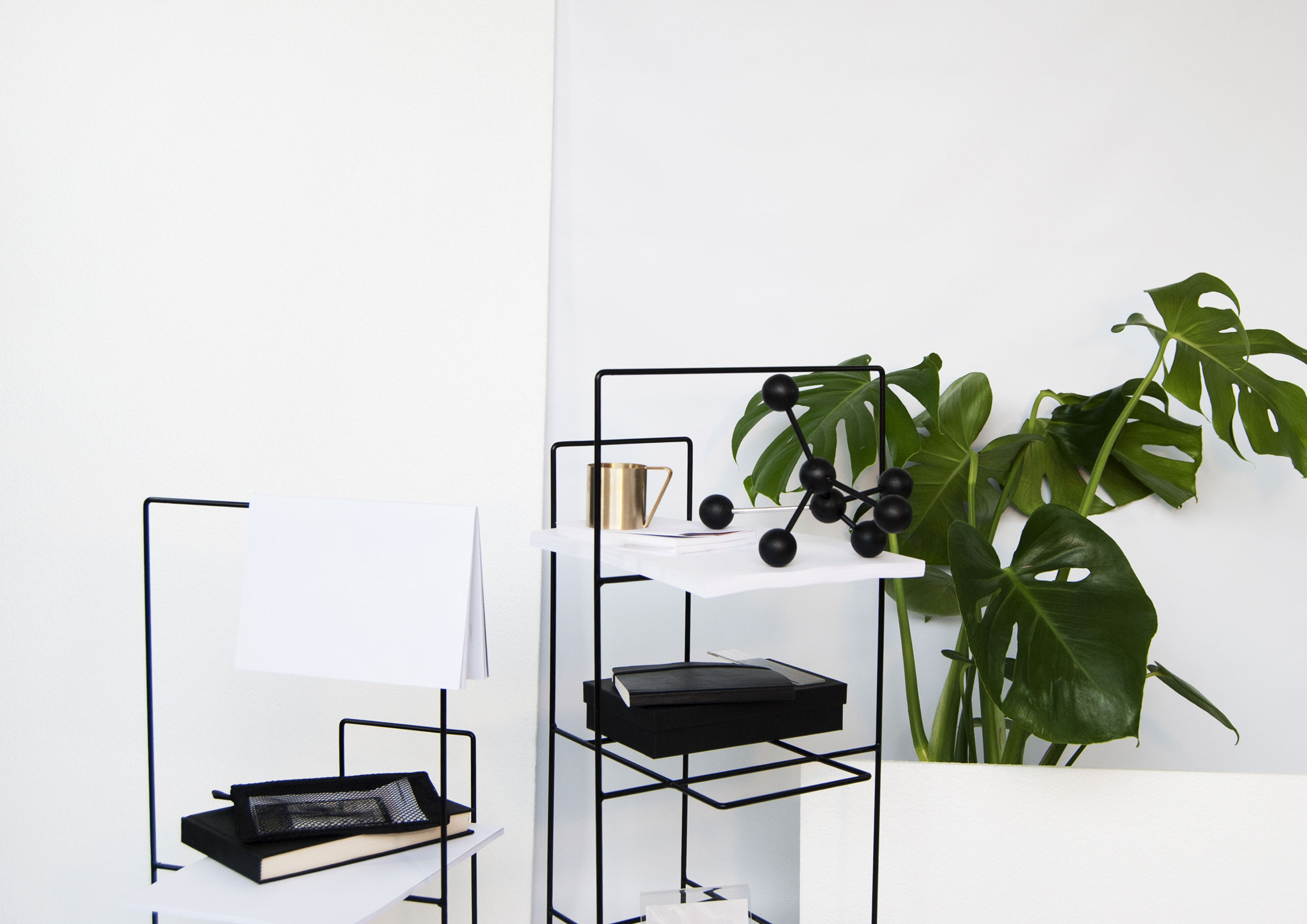
Linea magazine holder from the wire collection by Álvaro Díaz Hernández.
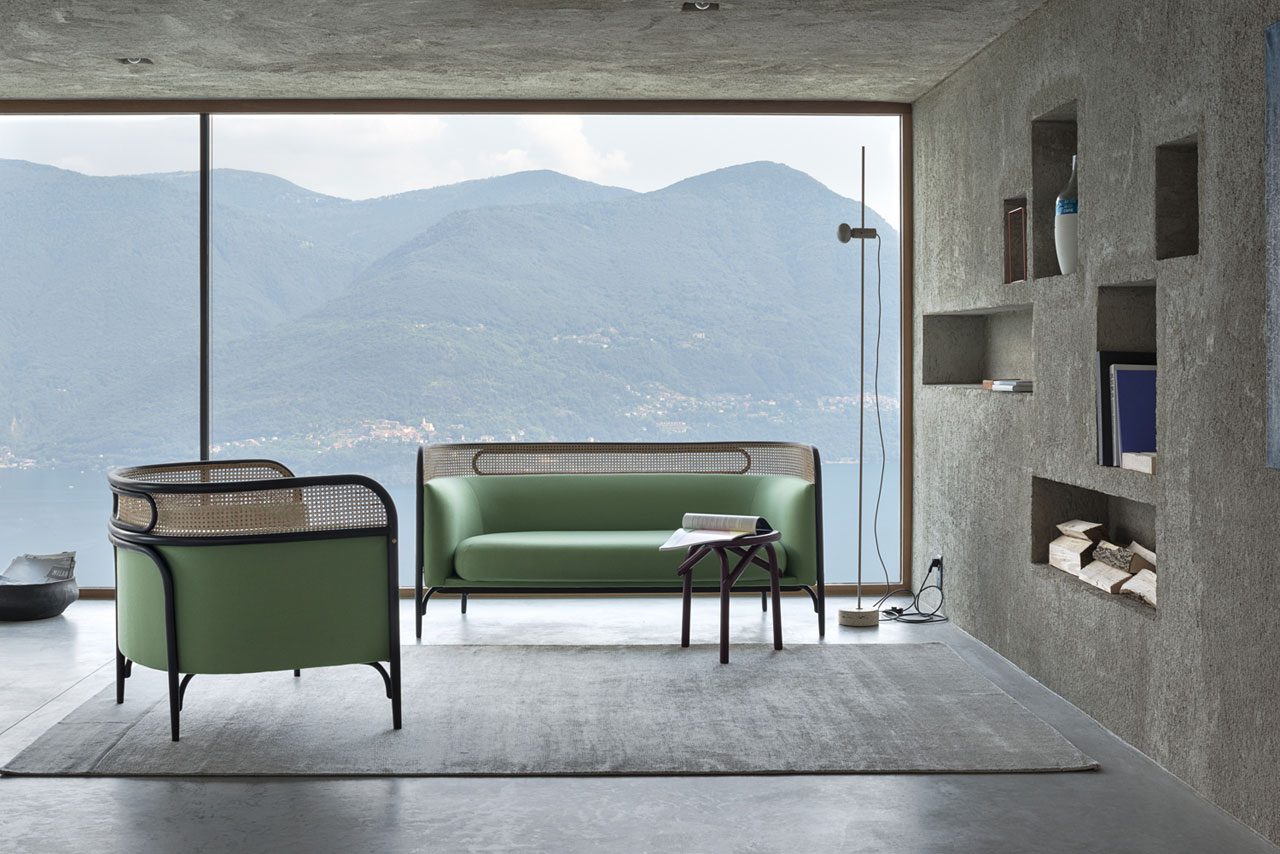
TARGA furniture collection by GamFratesi for Gebrüder Thonet Vienna.
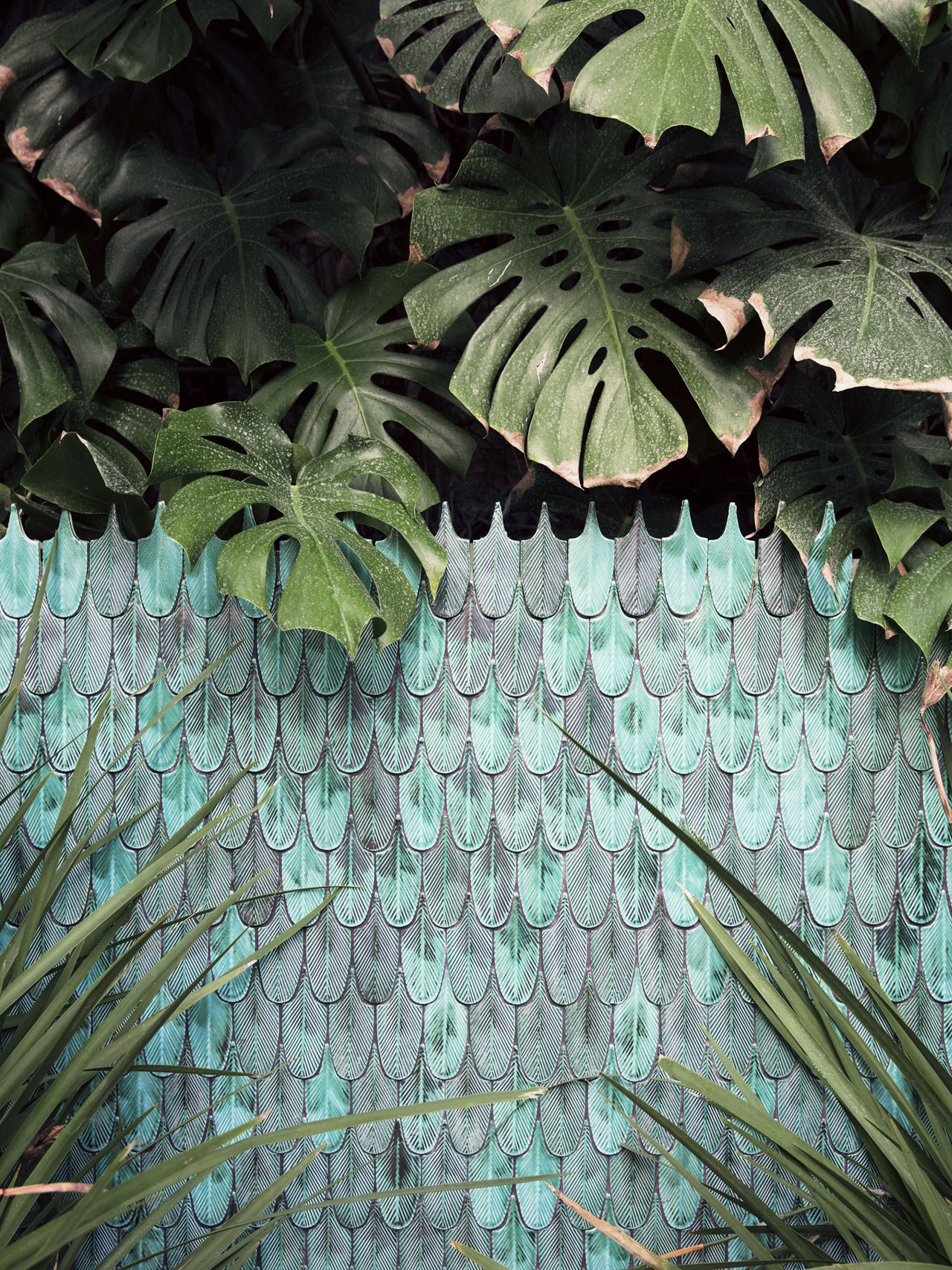
The ceramic and porcelain tiles designed by Cristina Celestino for the newly founded company BottegaNove.
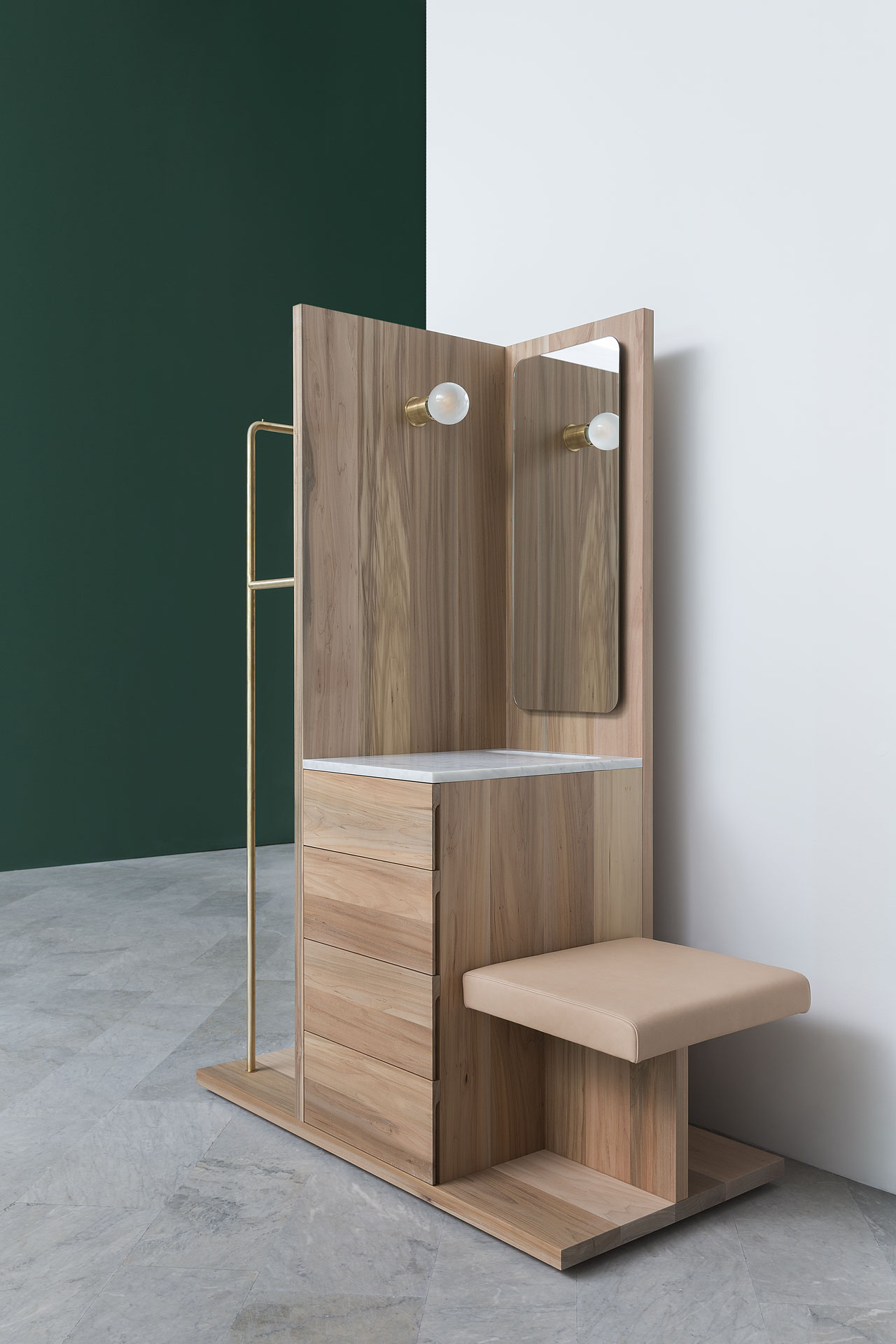
‘Butler’ stand by David Chipperfield Architects for the Wallpaper* Handmade 2016 collection.
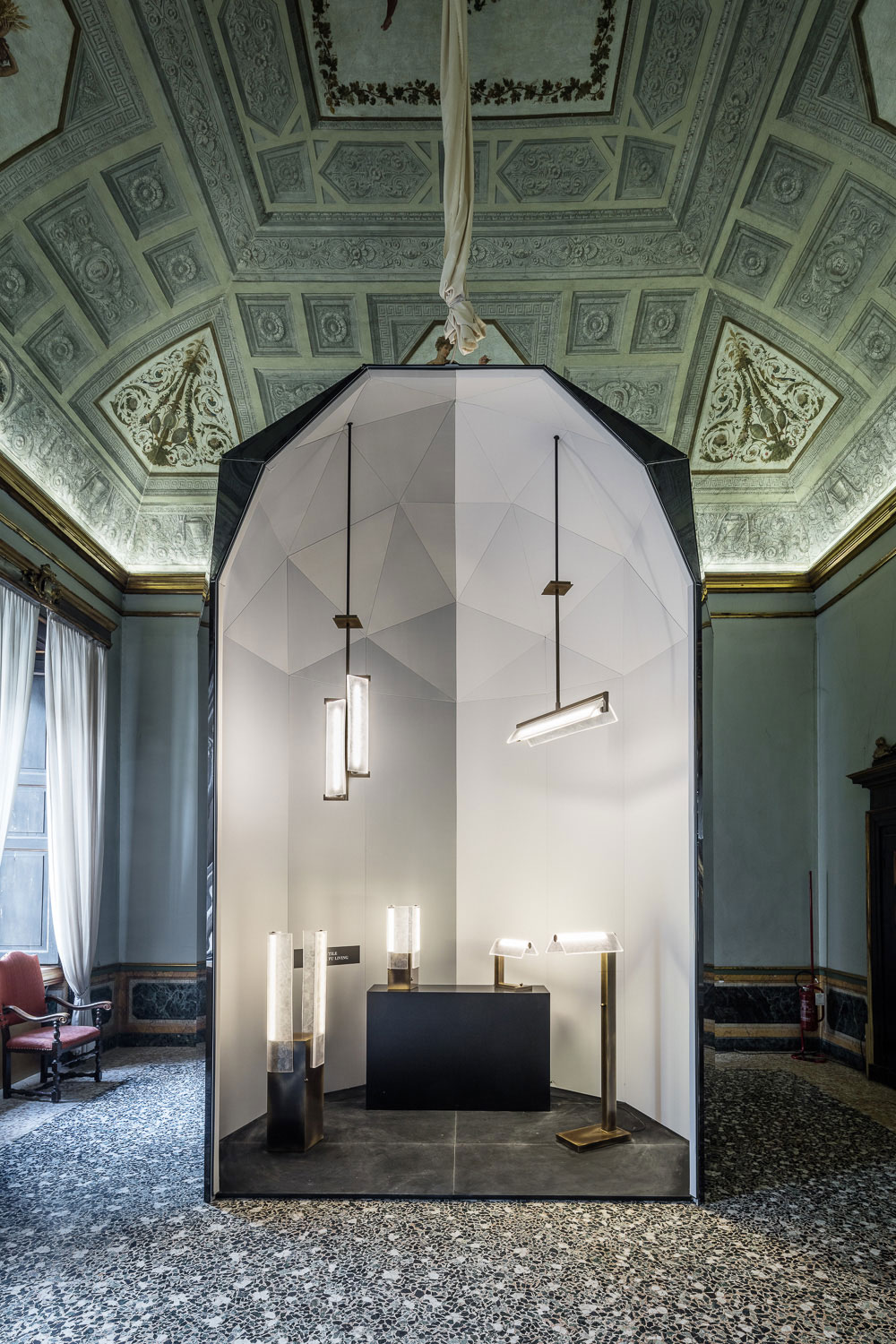
TAC/TILE by Andre Fu Living for LASVIT inspired by the 1932 Maison de Verre (a.k.a. House of Glass),
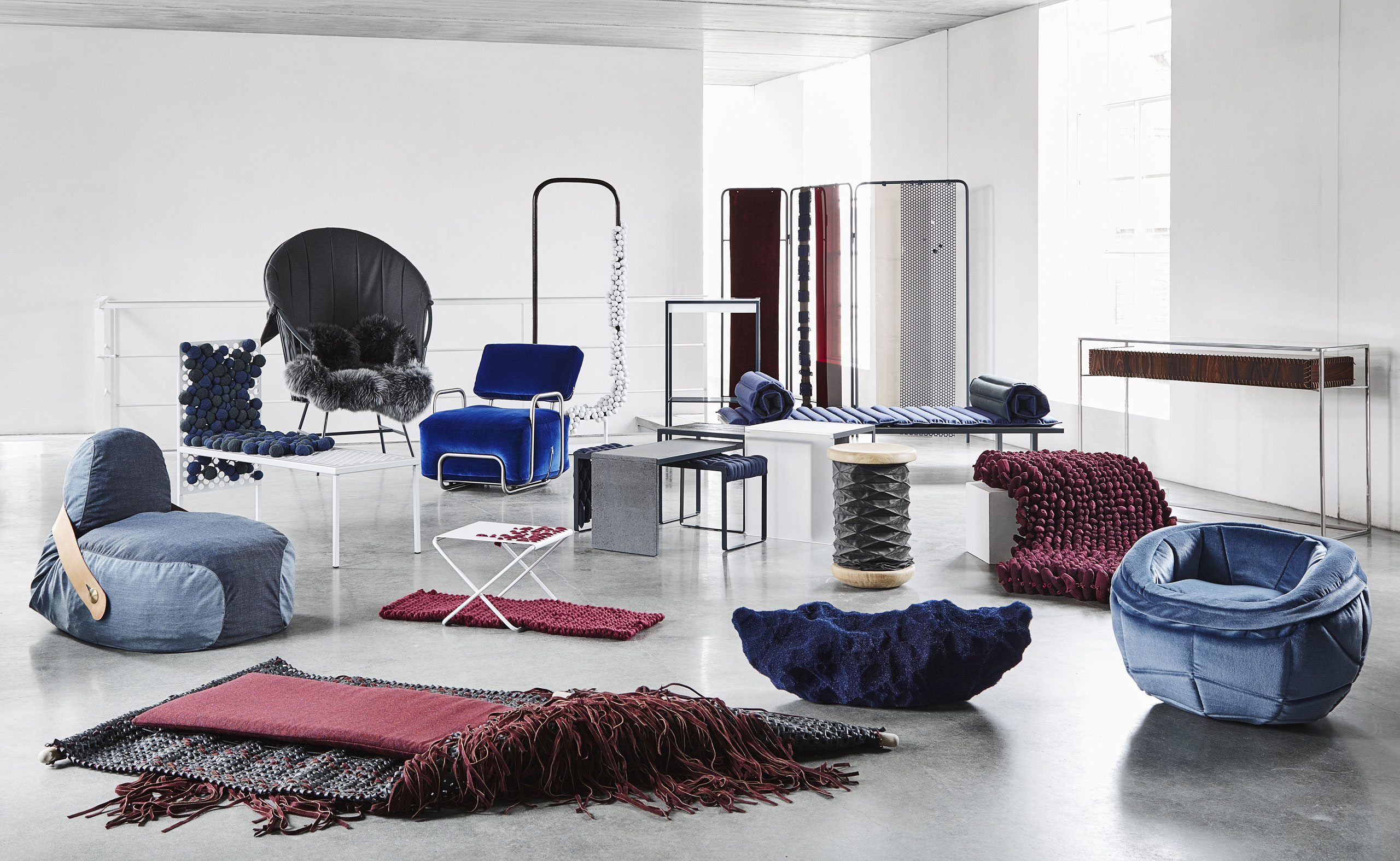
FEEL IT exhibition by VIA Designs' 6th semester Furniture students.
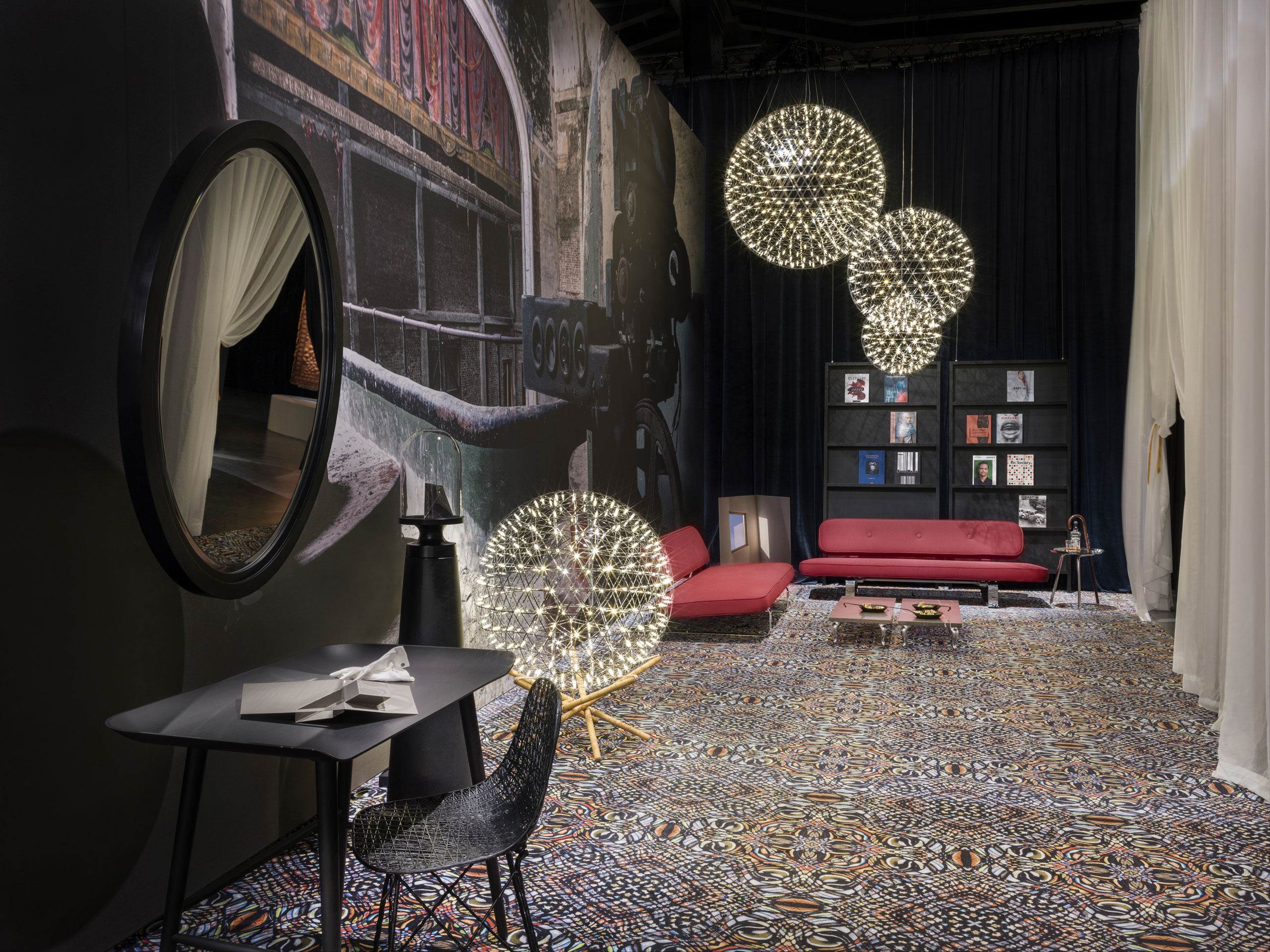
The presenattion of Moooi's new creations at via Savona 56, Milan with oversized prints by the young British art pesentation of new creation
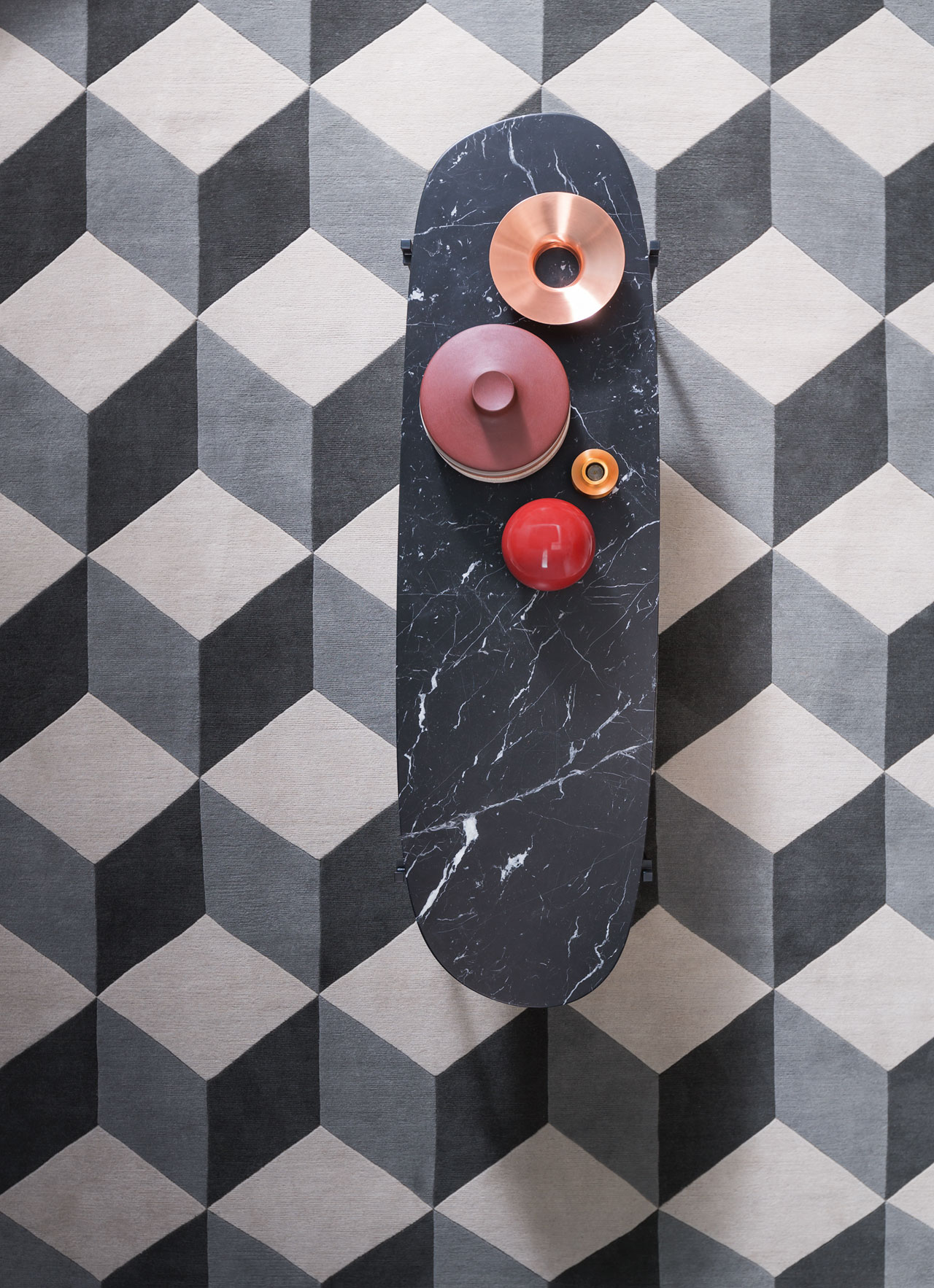
Niobe small tables with black Marquinia Carrara or Emperador marble tops designed by Federica Capitani
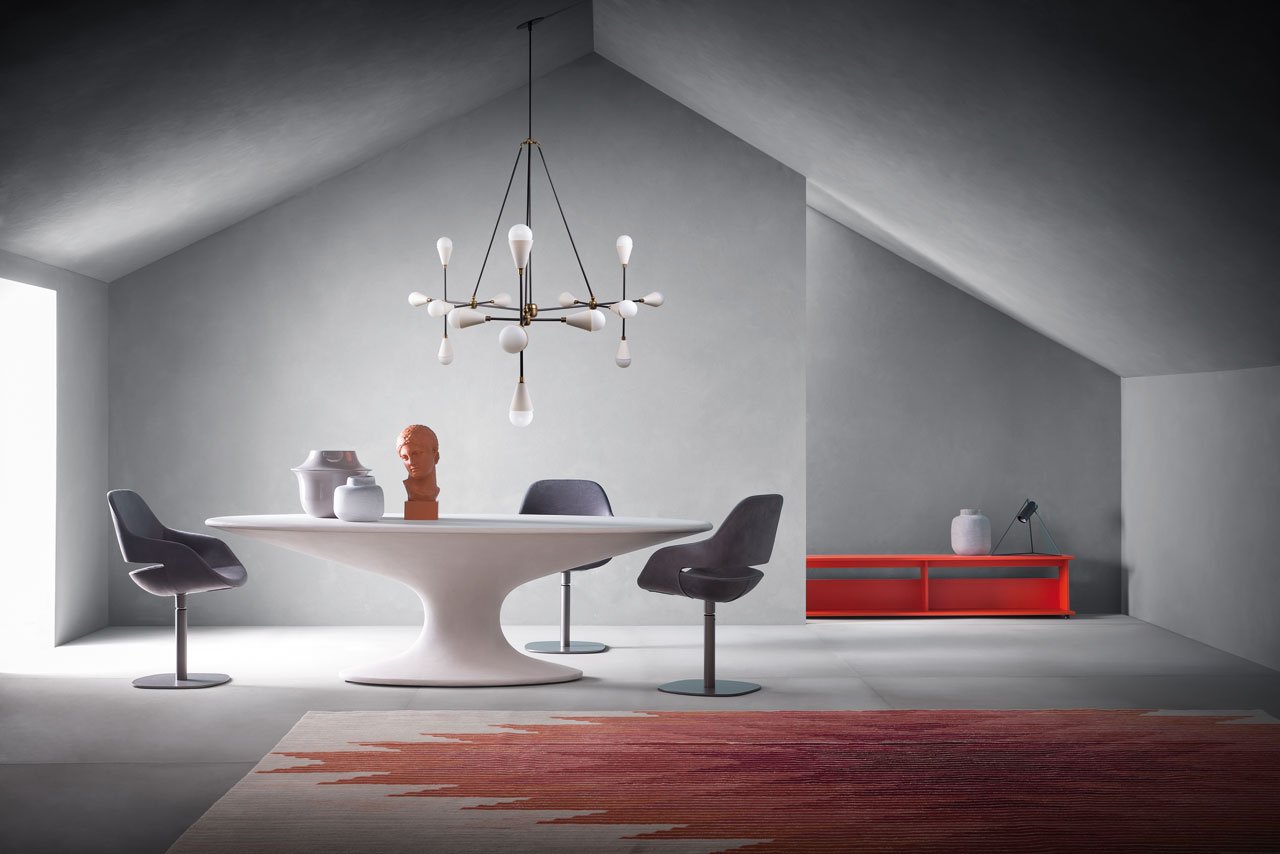
Zanotta reconstructed and put into production the FENICE, the first modern table with a central leg,
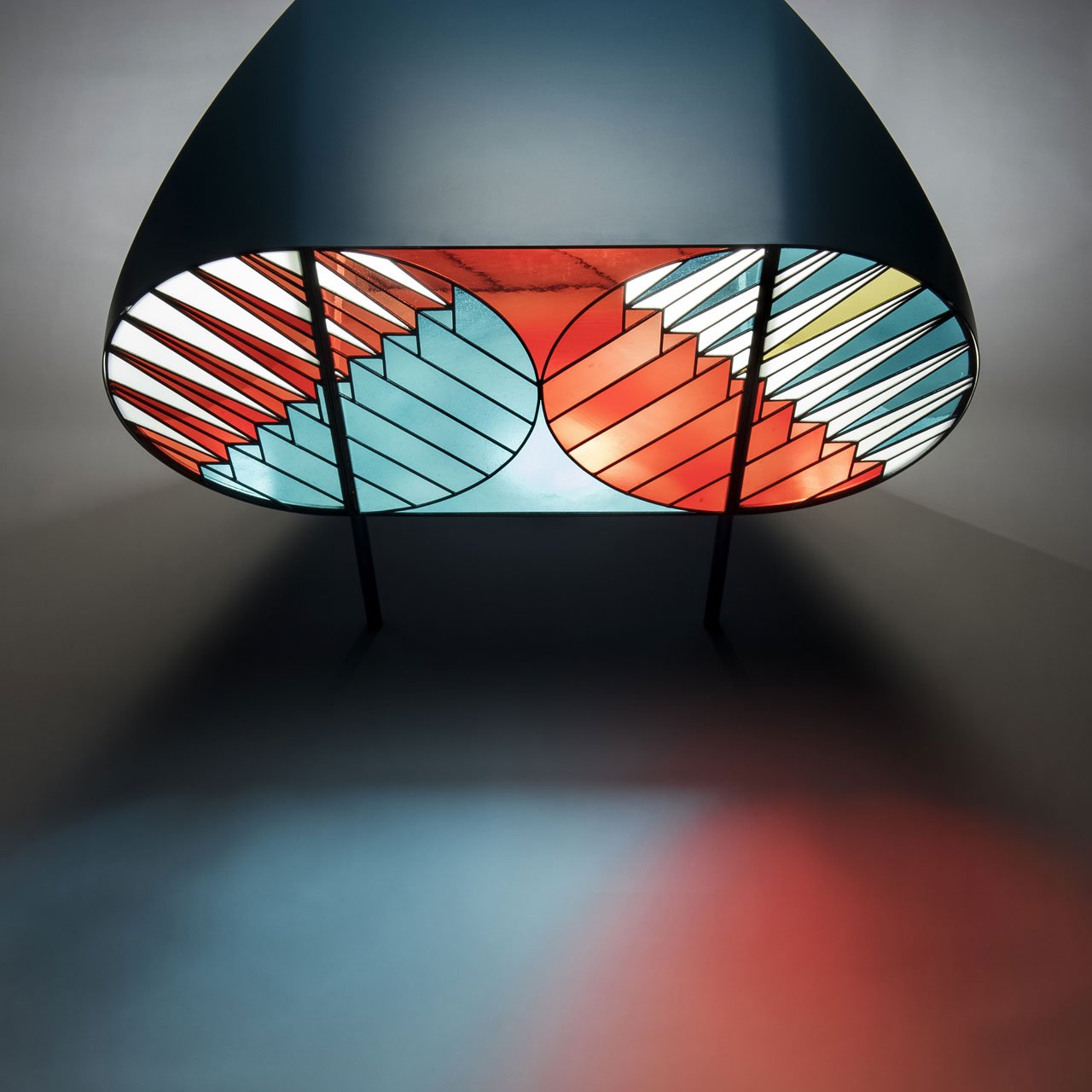
CREDENZA (in Italian means both a cupboard and one’s belief) is a collection of furniture in stained glass inspired by the windows of holy site.
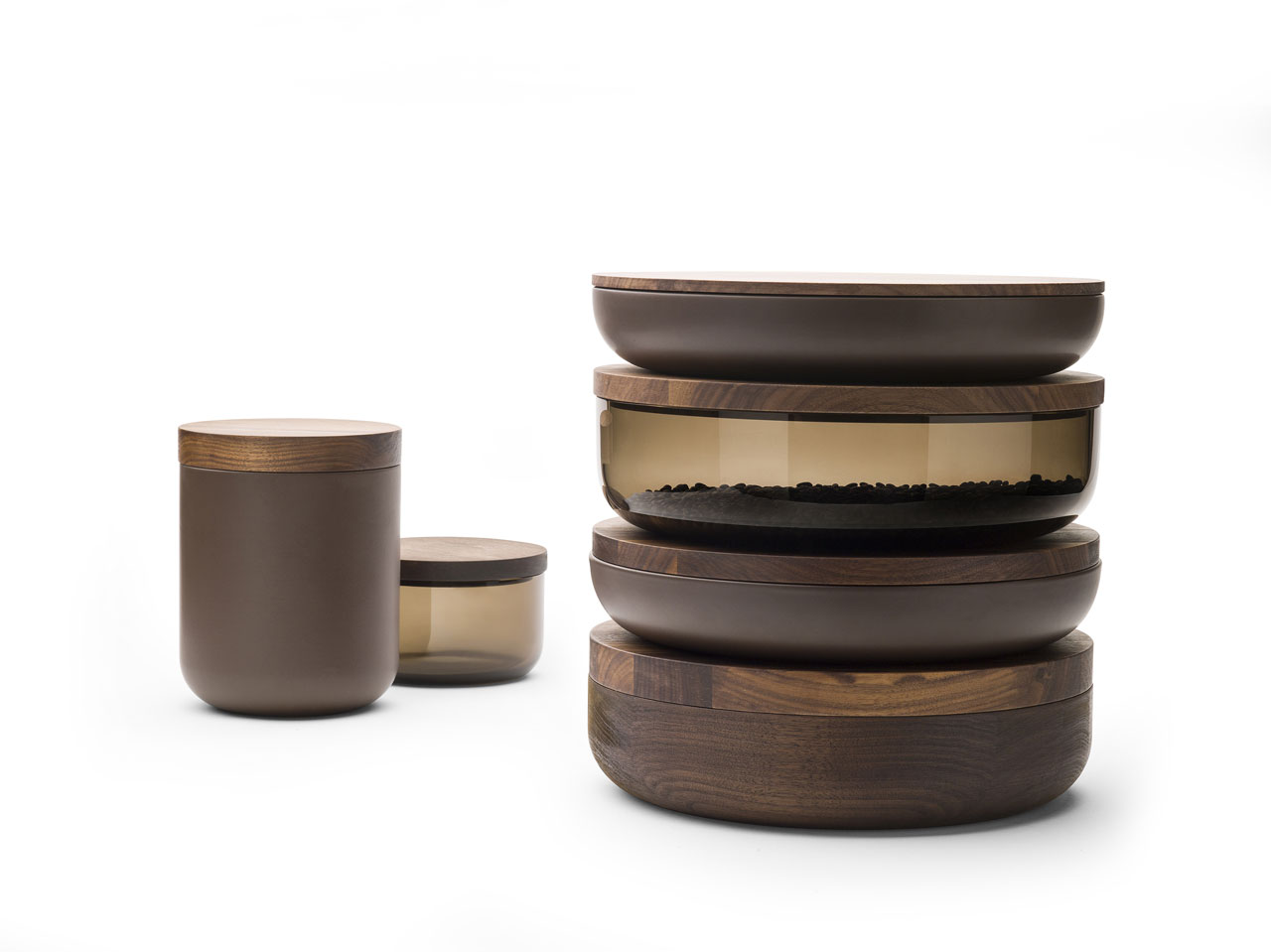
Pottery by Vincent van Duysen
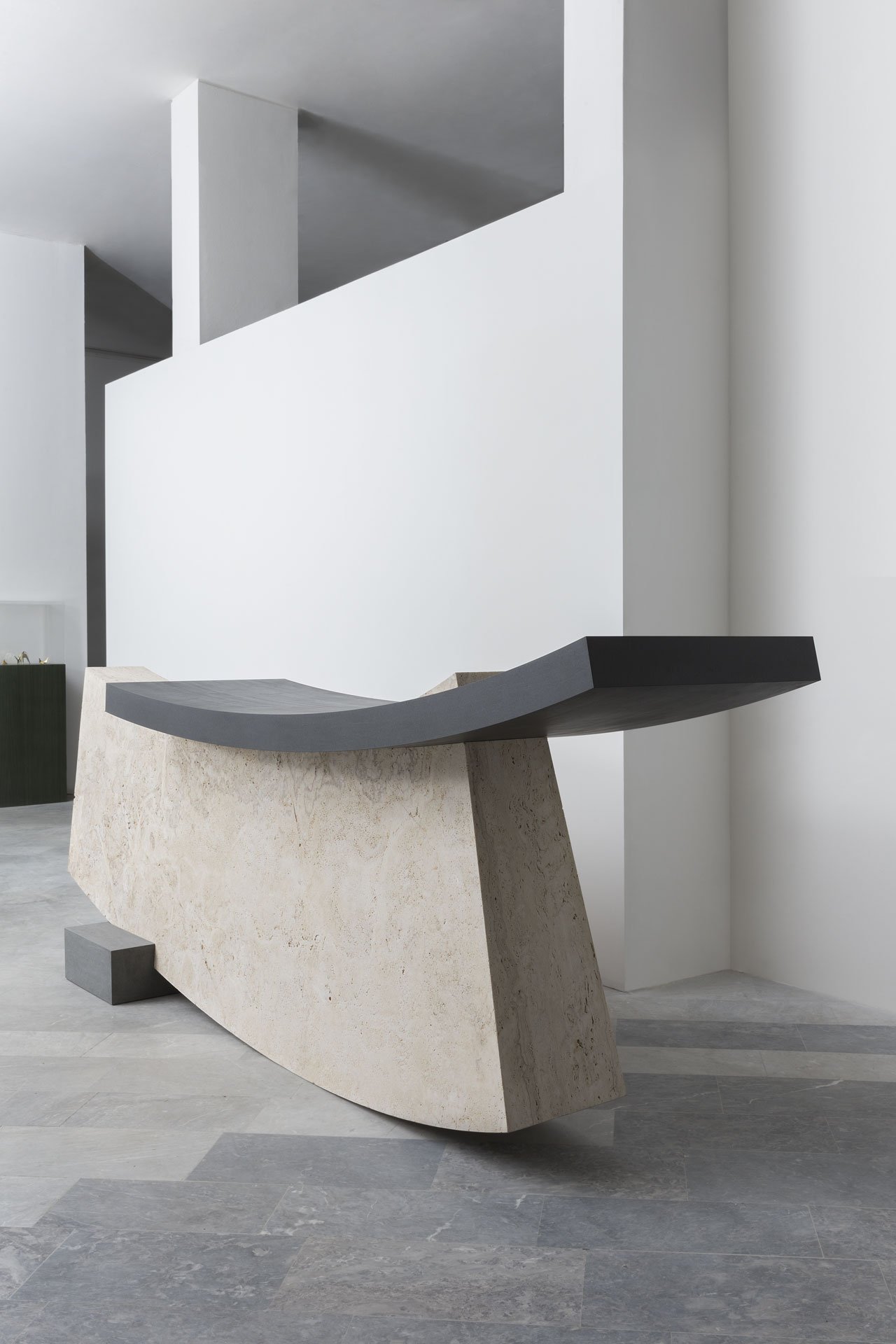
reception desk by Wonmin Park and Testi
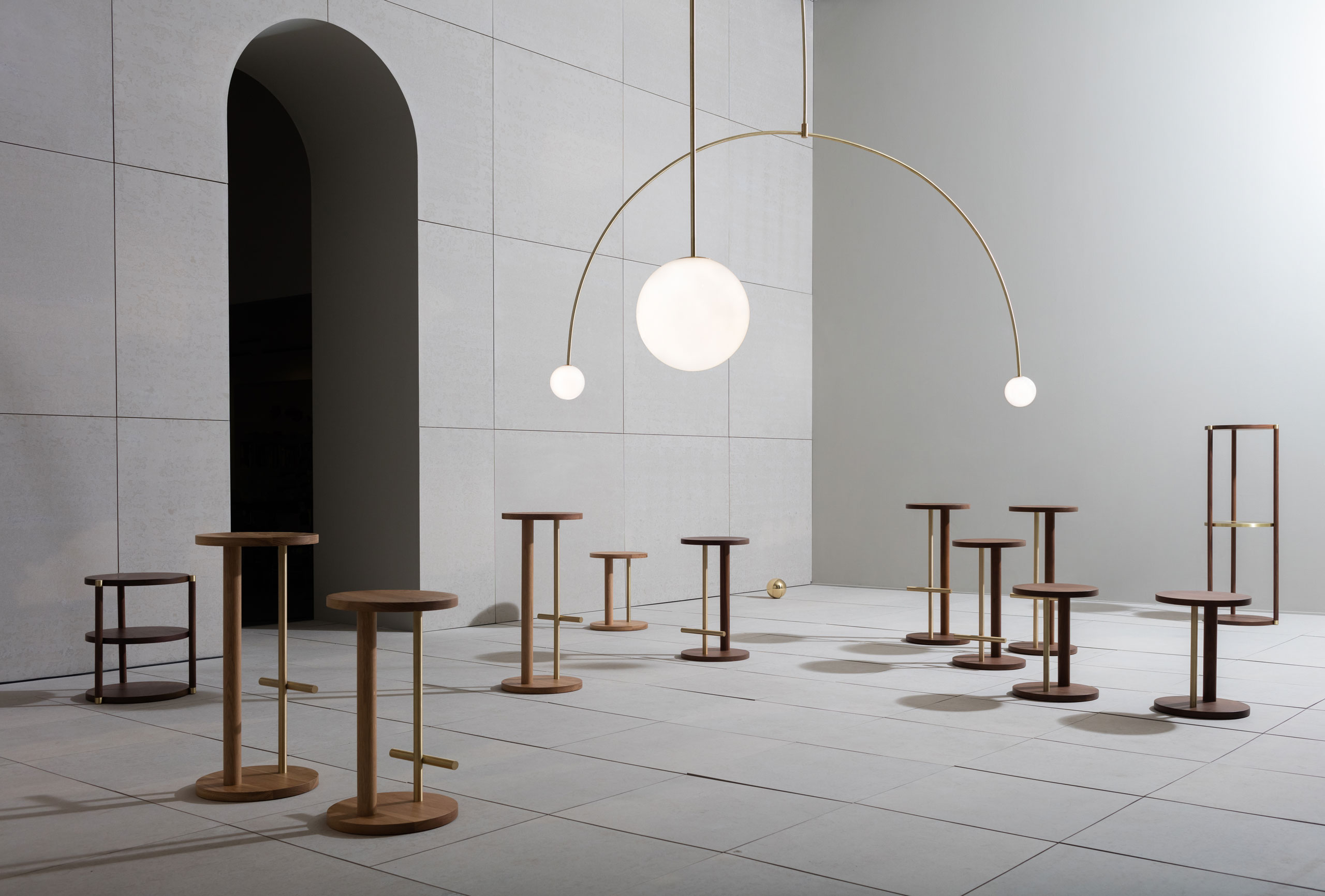
The Double Dream of Spring installation by Michael Anastassiades for Herman Miller which featured his inaugural collection of occasional furniture exclusively created Herman Milller
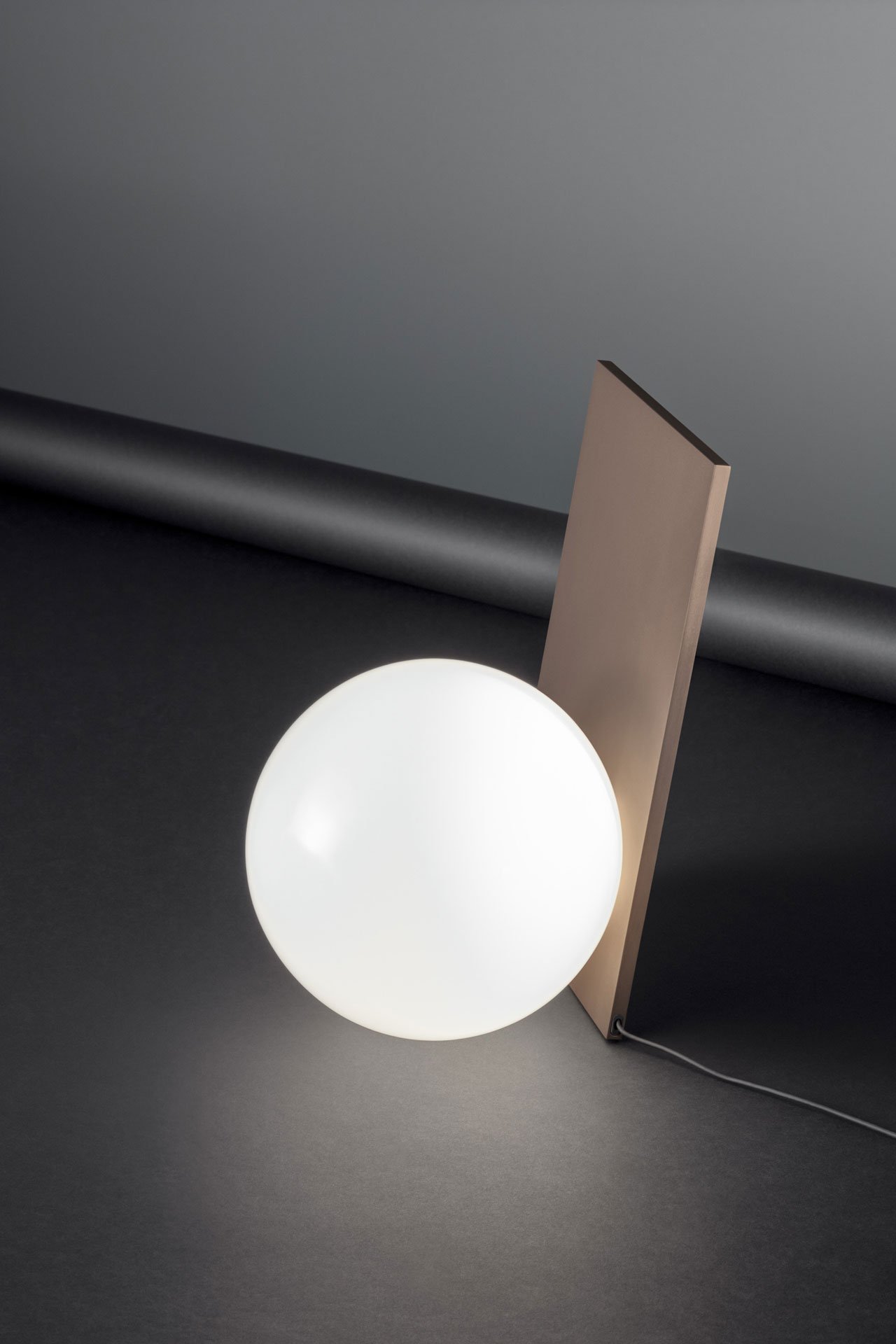
EXTRA table lamp by Michael Anastassiades for FLOS.
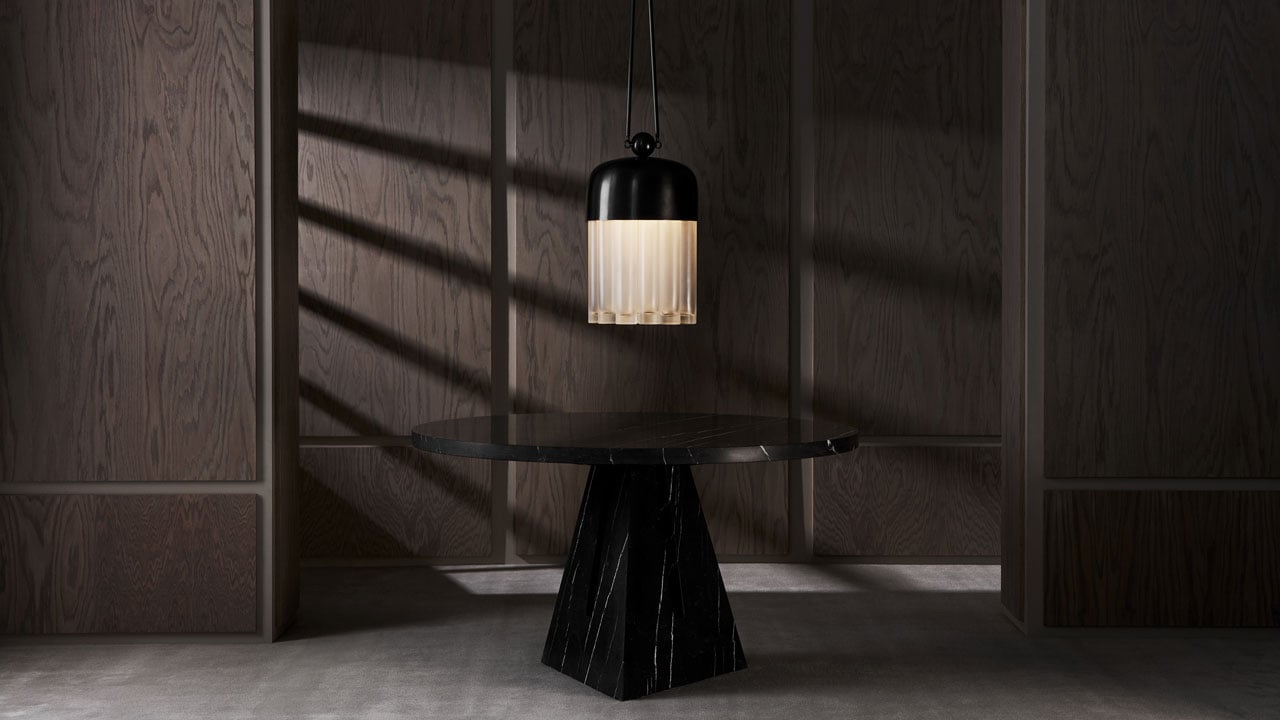
PORTAL marble dining table and TASSEL ceiling light by APPARATUS studio

Gimme Shelter seating system covered with the new Natural Orgy tapestry by Moroso forDiesel living..
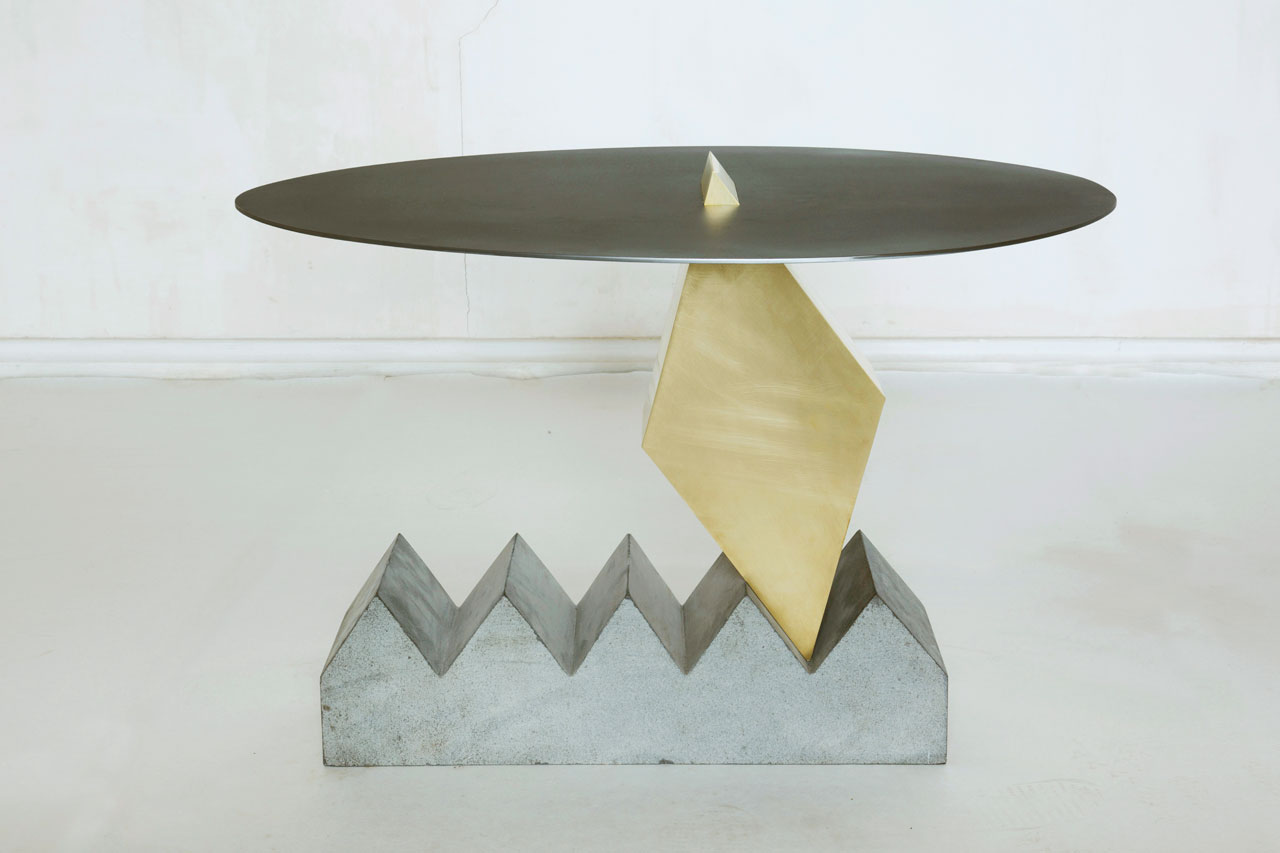
WILD MINIMALISM furniture collection by Rooms.
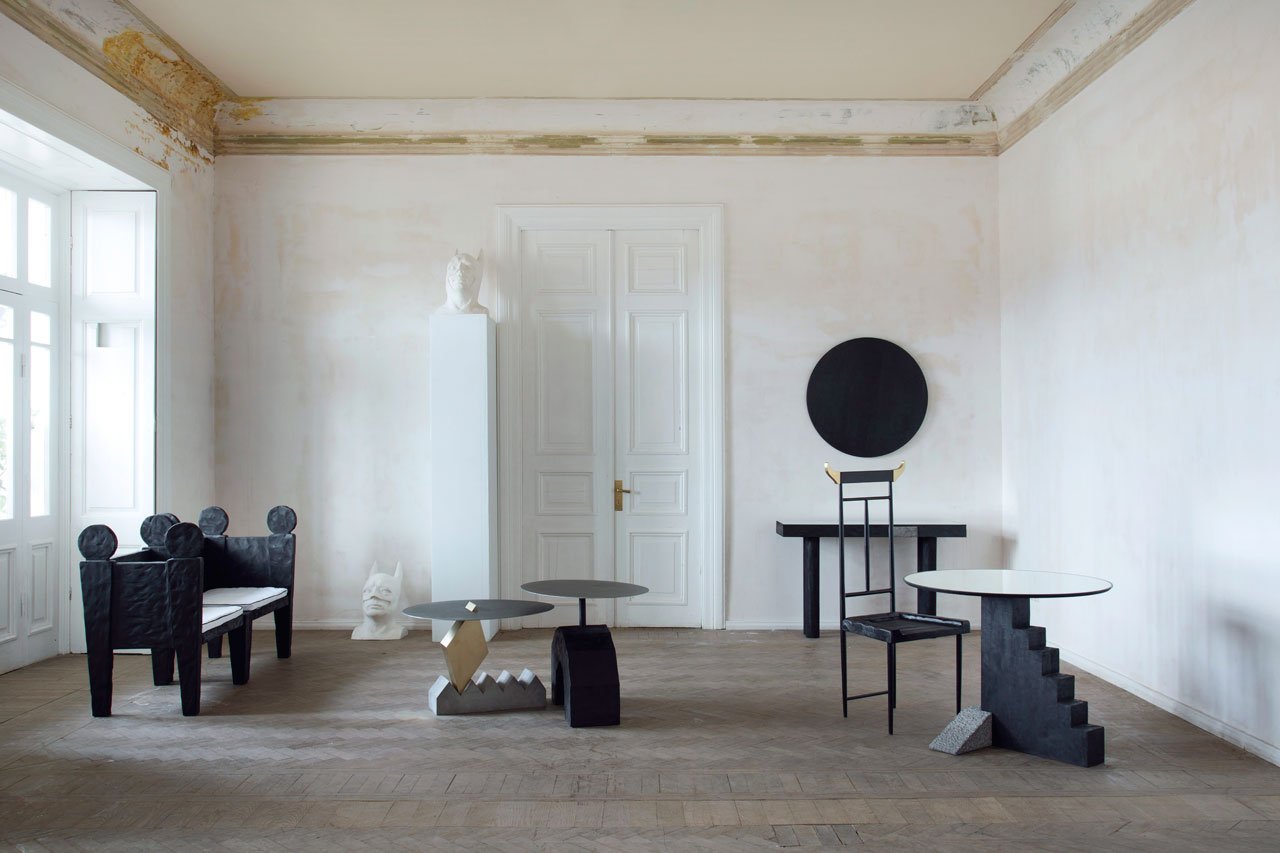
WILD MINIMALISM by Rooms. A collection of 7 individual handcrafted sculpture pieces.
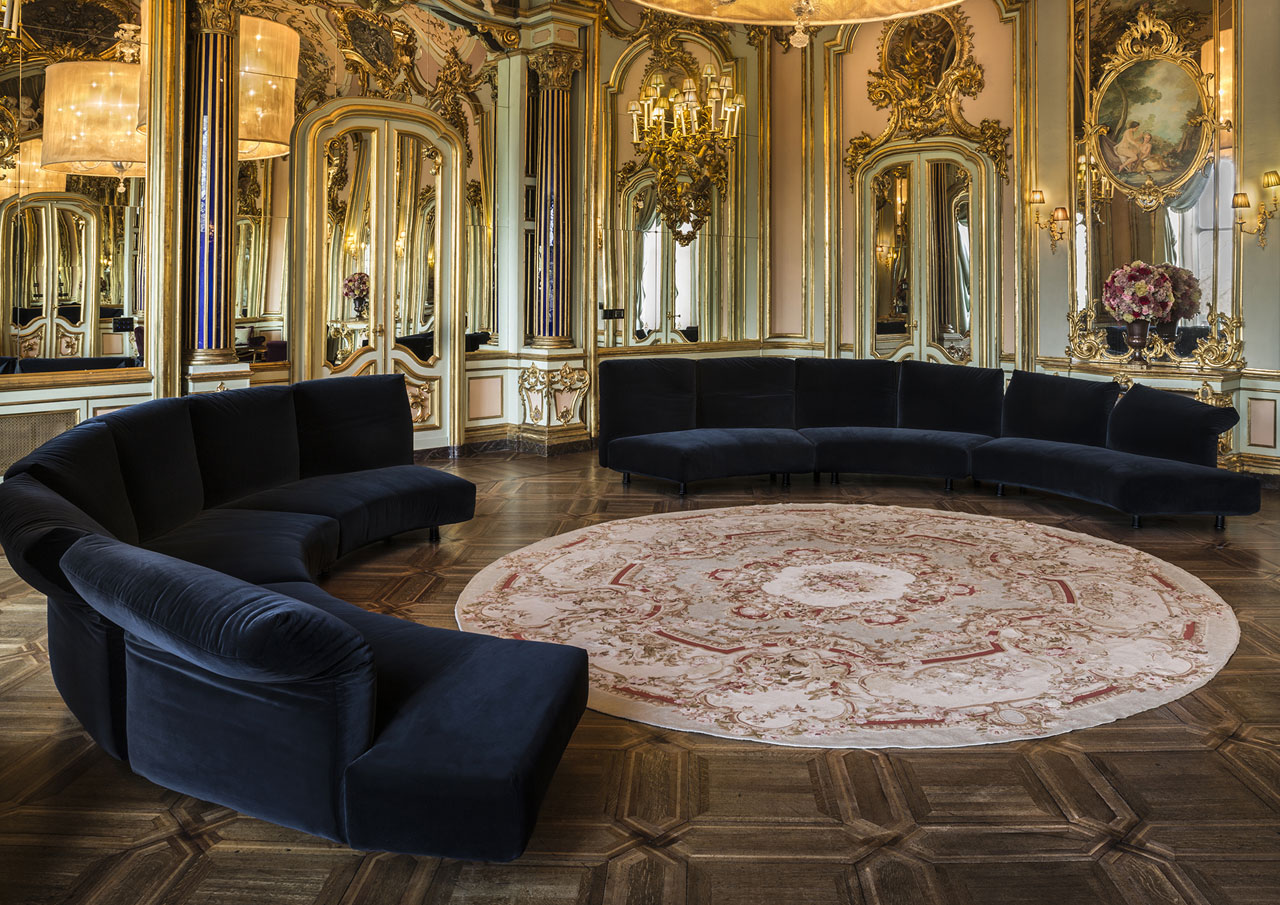
ESSENTIAL sofa by Francesco Binfarè for Edra.

Diamond Chair in cowhide and with a new bronze finish by Harry Bertoia for Knoll.
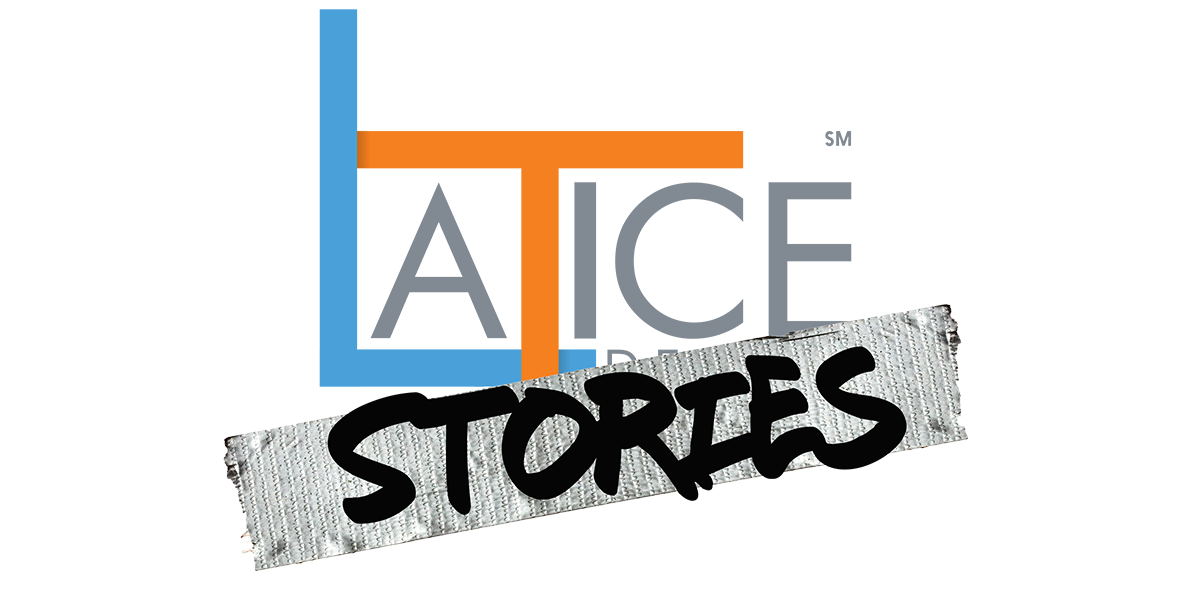



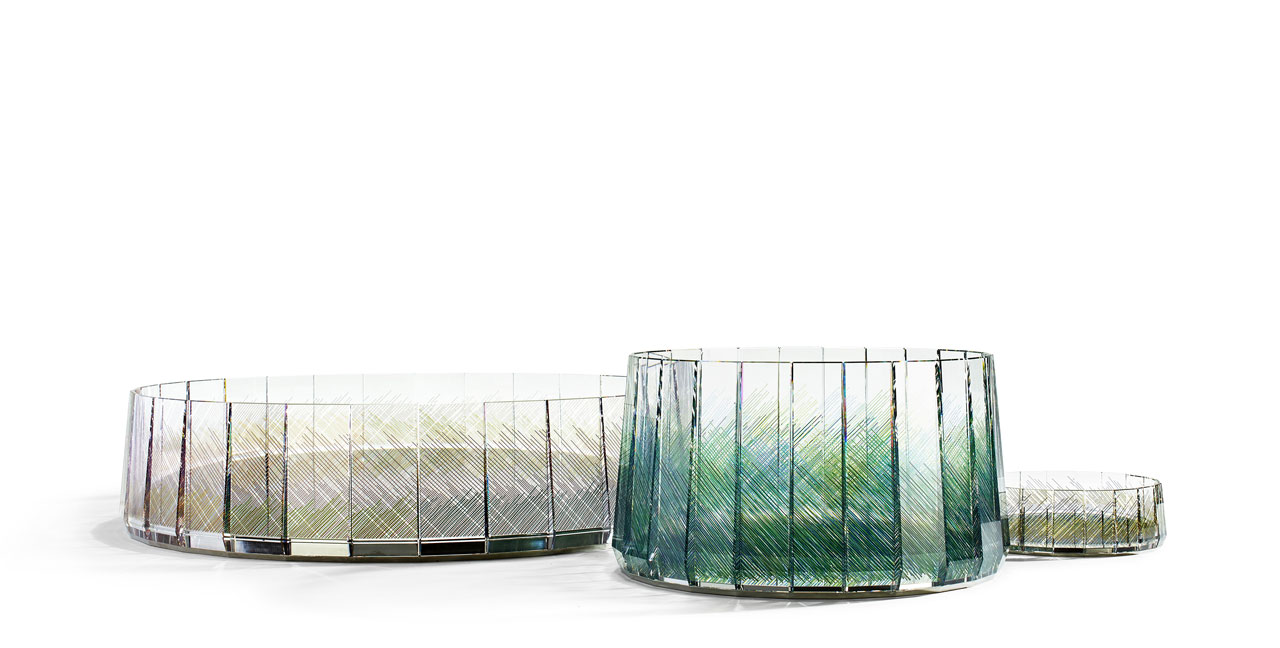










0 comments: